B.Pharmacy 1st Semester Notes
Original price was: ₹999.00.₹199.00Current price is: ₹199.00.
Bachelor of Pharmacy (B.Pharma)
Communication skills { BP105T }
All Unit Notes in One PDF
Unit 1
Communication Skills : Introduction, Definition, The Importance of Communication, The Communication Process– Source, Message, Encoding, Channel, Decoding, Receiver, Feedback, Context
Barriers to communication : Physiological Barriers, Physical Barriers, Cultural Barriers, Language Barriers, Gender Barriers, Interpersonal Barriers, Psychological Barriers, Emotional barriers
Perspectives in Communication : Introduction, Visual Perception, Language, Other factors affecting our perspective- Past Experiences, Prejudices, Feelings, Environment
Unit 2
Elements of Communication : Introduction, Face to Face Communication- Tone of Voice, Body Language (Non-verbal communication), Verbal Communication, Physical Communication
Communication Styles : Introduction, The Communication Styles Matrix with example for each-Direct Communication Style, Spirited Communication Style, Systematic Communication Style, Considerate Communication Style
Unit 3
Basic Listening Skills : Introduction, Self-Awareness, Active Listening, Becoming an Active Listener, Listening in Difficult Situations
Effective Written Communication : Introduction, When and When Not to Use Written Communication- Complexity of the Topic, Amount of Discussion’ Required, Shades of Meaning, Formal Communication
Writing Effectively : Subject Lines, Put the Main Point First, Know Your Audience, Organization of the Message
Unit 4
Interview Skills : Purpose of an interview, Do’s and Dont’s of an interview
Giving Presentations : Dealing with Fears, Planning your Presentation, Structuring Your Presentation, Delivering Your Presentation, Techniques of Delivery
Unit 5
Group Discussion : Introduction, Communication skills in group discussion, Do’s and Dont’s of group discussion
Human anatomy and physiology – I { BP101T }
All Unit Notes in One PDF
Unit 1
Introduction to human body
Definition and scope of anatomy and physiology, levels of structural
organization and body systems, basic life processes, homeostasis, basic
anatomical terminology.
Cellular level of organization
Structure and functions of cell, transport across cell membrane, cell
division, cell junctions. General principles of cell communication,
intracellular signaling pathway activation by extracellular signal
molecule, Forms of intracellular signaling: a) Contact-dependent b) Paracrine c) Synaptic d) Endocrine
Tissue level of organization
Classification of tissues, structure, location and functions of epithelial,
muscular and nervous and connective tissues.
Unit 2
Integumentary system
Structure and functions of skin
Skeletal system
Divisions of skeletal system, types of bone, salient features and functions
of bones of axial and appendicular skeletal system
Organization of skeletal muscle, physiology of muscle contraction,
neuromuscular junction
Joints
Structural and functional classification, types of joints movements and its
articulation
Unit 3
Body fluids and blood
Body fluids, composition and functions of blood, hemopoeisis, formation of hemoglobin, anemia, mechanisms of coagulation, blood grouping, Rh factors, transfusion, its significance and disorders of blood, Reticuloendothelial system.
Lymphatic system
Lymphatic organs and tissues, lymphatic vessels, lymph circulation and functions of lymphatic system
Unit 4
Peripheral nervous system
Classification of peripheral nervous system: Structure and functions of
sympathetic and parasympathetic nervous system.
Origin and functions of spinal and cranial nerves.
Special senses
Structure and functions of eye, ear, nose and tongue and their disorders.
Unit 5
Cardiovascular system
Heart– anatomy of heart, blood circulation, blood vessels, structure and functions of artery, vein and capillaries, elements of conduction system of heart and heart beat, its regulation by autonomic nervous system, cardiac output, cardiac cycle. Regulation of blood pressure, pulse, electrocardiogram and disorders of heart.
Pharmaceutical Analysis I { BP102T }
All Unit Notes in One PDF
Unit 1
Pharmaceutical analysis- Definition and scope
i) Different techniques of analysis
ii) Methods of expressing concentration
iii) Primary and secondary standards.
iv) Preparation and standardization of various molar and normal solutions
Oxalic acid, sodium hydroxide, hydrochloric acid, sodium thiosulphate,
sulphuric acid, potassium permanganate and ceric ammonium sulphate
Errors : Sources of errors, types of errors, methods of minimizing errors, accuracy, precision and significant figures
Pharmacopoeia, Sources of impurities in medicinal agents, limit tests.
Unit 2
Acid base titration: Theories of acid base indicators, classification of
acid base titrations and theory involved in titrations of strong, weak, and
very weak acids and bases, neutralization curves
Non aqueous titration : Solvents, acidimetry and alkalimetry titration and estimation of Sodium benzoate and Ephedrine HCl
Unit 3
Precipitation titrations : Mohr’s method, Volhard’s, Modified
Volhard’s, Fajans method, estimation of sodium chloride.
Complexometric titration : Classification, metal ion indicators, masking and demasking reagents, estimation of Magnesium sulphate, and calcium gluconate.
Gravimetry : Principle and steps involved in gravimetric analysis. Purity
of the precipitate: co-precipitation and post precipitation, Estimation of
barium sulphate.
Basic Principles,methods and application of diazotisation titration
Unit 4
Redox titrations
(a) Concepts of oxidation and reduction
(b) Types of redox titrations (Principles and applications)
Cerimetry, Iodimetry, Iodometry, Bromatometry, Dichrometry, Titration with potassium iodate
Unit 5
Electrochemical methods of analysis
Conductometry – Introduction, Conductivity cell, Conductometric
titrations, applications
Potentiometry – Electrochemical cell, construction and working
of reference (Standard hydrogen, silver chloride electrode and
calomel electrode) and indicator electrodes (metal electrodes and
glass electrode), methods to determine end point of potentiometric
titration and applications.
Polarography – Principle, Ilkovic equation, construction and
working of dropping mercury electrode and rotating platinum
electrode, application
Pharmaceutical Inorganic Chemistry { BP104T }
All Unit Notes in One PDF
Unit 1
Impurities in pharmaceutical substances : History of Pharmacopoeia,
Sources and types of impurities, principle involved in the limit test for
Chloride, Sulphate, Iron, Arsenic, Lead and Heavy metals, modified limit test for Chloride and Sulphate
General methods of preparation, assay for the compounds superscripted with asterisk (*), properties and medicinal uses of inorganic compounds belonging to the following classes
Unit 2
Acids, Bases and Buffers : Buffer equations and buffer capacity in general, buffers in pharmaceutical systems, preparation, stability, buffered isotonic solutions, measurements of tonicity, calculations and methods of adjusting isotonicity.
Major extra and intracellular electrolytes : Functions of major
physiological ions, Electrolytes used in the replacement therapy: Sodium
chloride, Potassium chloride, Calcium gluconate and Oral Rehydration Salt
(ORS), Physiological acid base balance.
Dental products : Dentifrices, role of fluoride in the treatment of dental caries, Desensitizing agents, Calcium carbonate, Sodium fluoride, and Zinc eugenol cement.
Unit 3
Gastrointestinal agents
Acidifiers : Ammonium chloride* and Dil. HCl
Antacid : Ideal properties of antacids, combinations of antacids, Sodium Bicarbonate*, Aluminum hydroxide gel, Magnesium hydroxide mixture
Cathartics : Magnesium sulphate, Sodium orthophosphate, Kaolin and
Bentonite
Antimicrobials : Mechanism, classification, Potassium permanganate, Boric acid, Hydrogen peroxide, Chlorinated lime, Iodine and its preparations
Unit 4
Miscellaneous compounds
Expectorants : Potassium iodide, Ammonium chloride*
Emetics : Copper sulphate*, Sodium potassium tartarate
Haematinics : Ferrous sulphate*, Ferrous gluconate
Poison and Antidote : Sodium thiosulphate*, Activated charcoal, Sodium nitrite333
Astringents : Zinc Sulphate, Potash Alum
Unit 5
Radiopharmaceuticals : Radio activity, Measurement of radioactivity,
Properties of α, β, γ radiations, Half life, radio isotopes and study of radio
isotopes- Sodium iodide I131, Storage conditions, precautions &
pharmaceutical application of radioactive substances
Pharmaceutics – I { BP103T }
All Unit Notes in One PDF
Unit 1
Historical background and development of profession of pharmacy : History of profession of Pharmacy in India in relation to pharmacy education, industry and organization, Pharmacy as a career, Pharmacopoeias: Introduction to IP, BP, USP and Extra Pharmacopoeia.
Dosage forms : Introduction to dosage forms, classification and definitions
Prescription : Definition, Parts of prescription, handling of Prescription and Errors in prescription.
Posology : Definition, Factors affecting posology. Pediatric dose calculations based on age, body weight and body surface area.
Unit 2
Pharmaceutical calculations : Weights and measures– Imperial & Metric system, Calculations involving percentage solutions, alligation, proof spirit and isotonic solutions based on freezing point and molecular weight.
Powders : Definition, classification, advantages and disadvantages, Simple & compound powders– official preparations, dusting powders, effervescent, efflorescent and hygroscopic powders, eutectic mixtures. Geometric dilutions.
Liquid dosage forms : Advantages and disadvantages of liquid dosage forms. Excipients used in formulation of liquid dosage forms. Solubility enhancement techniques
Unit 3
Monophasic liquids : Definitions and preparations of Gargles, Mouthwashes, Throat Paint, Eardrops, Nasal drops, Enemas, Syrups, Elixirs, Liniments and Lotions.
Biphasic liquids :
Suspensions : Definition, advantages and disadvantages, classifications, Preparation of suspensions; Flocculated and Deflocculated suspension & stability problems and methods to overcome.
Emulsions : Definition, classification, emulsifying agent, test for the identification of type ofEmulsion, Methods of preparation & stability problems and methods to overcome
Unit 4
Suppositories : Definition, types, advantages and disadvantages, types of bases, methods of preparations. Displacement value & its calculations, evaluation of suppositories.
Pharmaceutical incompatibilities : Definition, classification, physical, chemical and therapeutic incompatibilities with examples.
Unit 5
Semisolid dosage forms : Definitions, classification, mechanisms and factors influencing dermal penetration of drugs. Preparation of ointments, pastes, creams and gels. Excipients used in semi solid dosage forms. Evaluation of semi solid dosages forms
Remedial Biology { BP106RBT }
All Unit Notes in One PDF
Unit 1
Living world :
Definition and characters of living organisms
Diversity in the living world
Binomial nomenclature
Five kingdoms of life and basis of classification. Salient features of Monera, Potista, Fungi, Animalia and Plantae, Virus,
Morphology of Flowering plants
Morphology of different parts of flowering plants– Root, stem, inflorescence, flower, leaf, fruit, seed.
General Anatomyof Root, stem, leaf of monocotyledons & Dicotylidones
Unit 2
Body fluids and circulation
Composition of blood, blood groups, coagulation of blood
Composition and functions of lymph
Human circulatory system
Structure of human heart and blood vessels
Cardiac cycle, cardiac output and ECG
Digestion and Absorption
Human alimentary canal and digestive glands
Role of digestive enzymes
Digestion, absorption and assimilation of digested food
Breathing and respiration
Human respiratory system
Mechanism of breathing and its regulation
Exchange of gases, transport of gases and regulation of respiration
Respiratory volumes
Unit 3
Excretory products and their elimination
Modes of excretion
Human excretory system- structure and function
Urine formation
Rennin angiotensin system
Neural control and coordination
Definition and classification of nervous system
Structure of a neuron
Generation and conduction of nerve impulse
Structure of brain and spinal cord
Functions of cerebrum, cerebellum, hypothalamus and medulla oblongata
Chemical coordination and regulation
Endocrine glands and their secretions
Functions of hormones secreted by endocrine glands
Human reproduction
Parts of female reproductive system
Parts of male reproductive system
Spermatogenesis and Oogenesis
Menstrual cycle
Unit 4
Plants and mineral nutrition :
Essential mineral, macro and micronutrients
Nitrogen metabolism, Nitrogen cycle, biological nitrogen fixation
Photosynthesis
Autotrophic nutrition, photosynthesis, Photosynthetic pigments, Factors affecting photosynthesis.
Unit 5
Plant respiration : Respiration, glycolysis, fermentation (anaerobic).
Plant growth and development
Phases and rate of plant growth, Condition of growth, Introduction to plant growth regulators
Cell- The unit of life
Structure and functions of cell and cell organelles. Cell division
Tissues
Definition, types of tissues, location and functions.
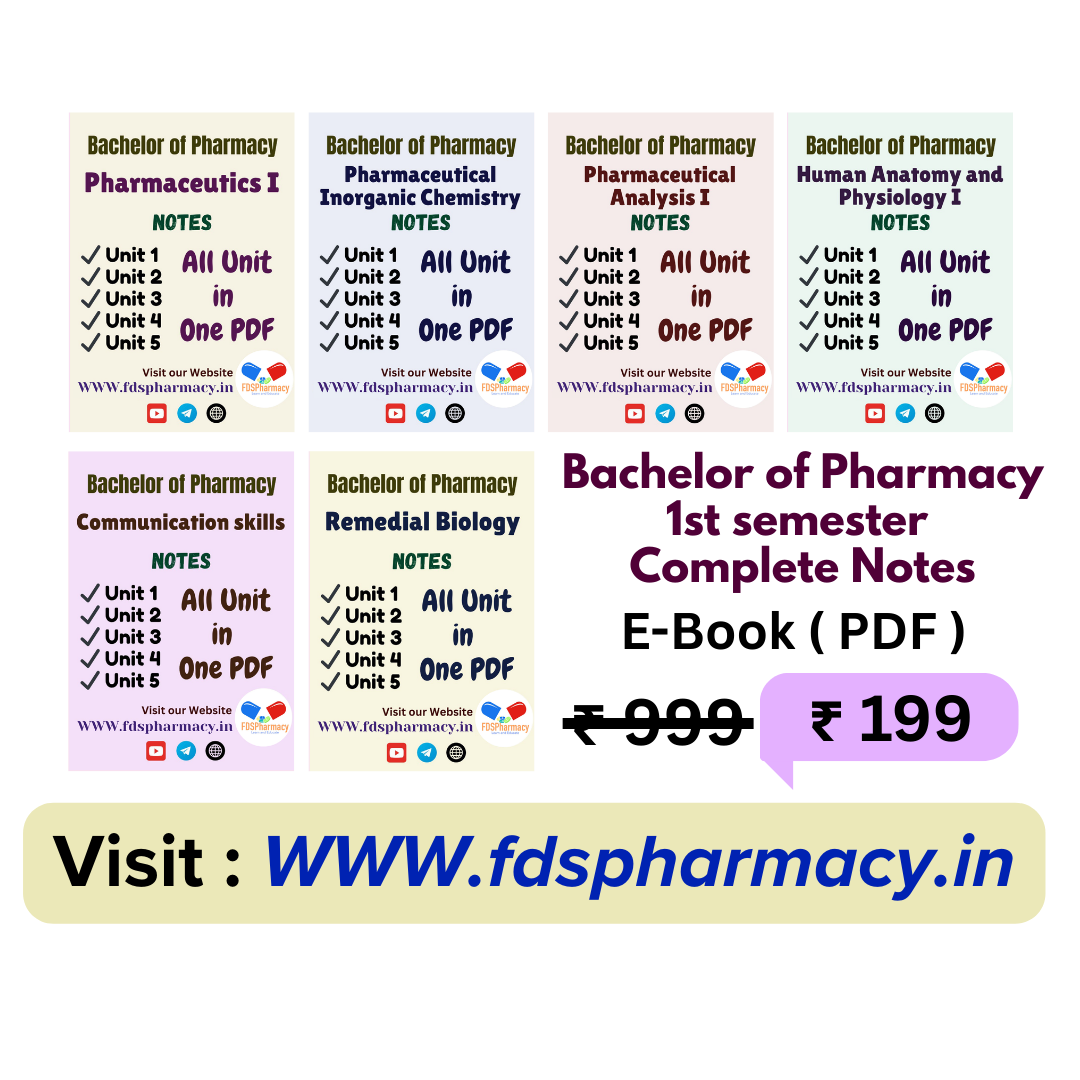
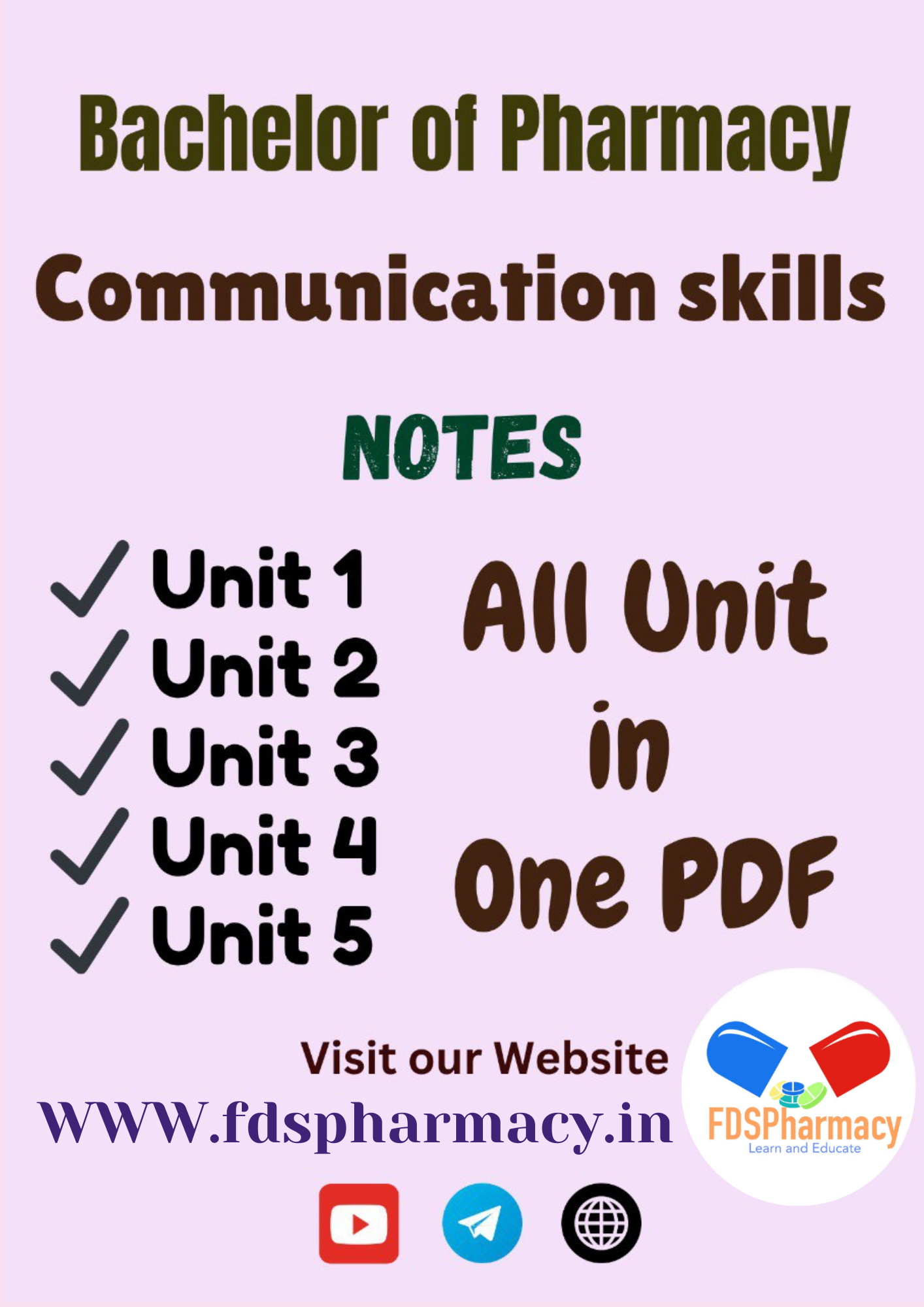
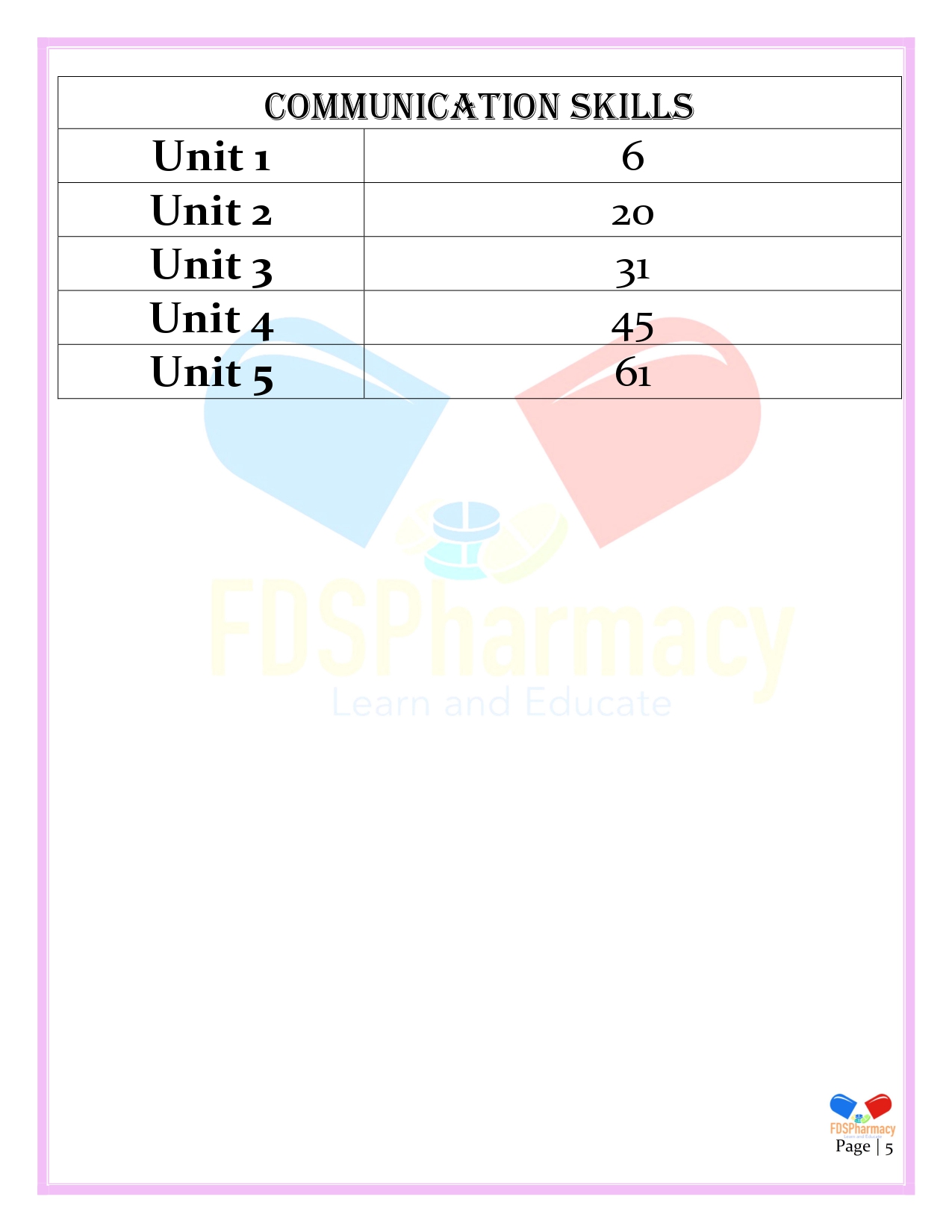


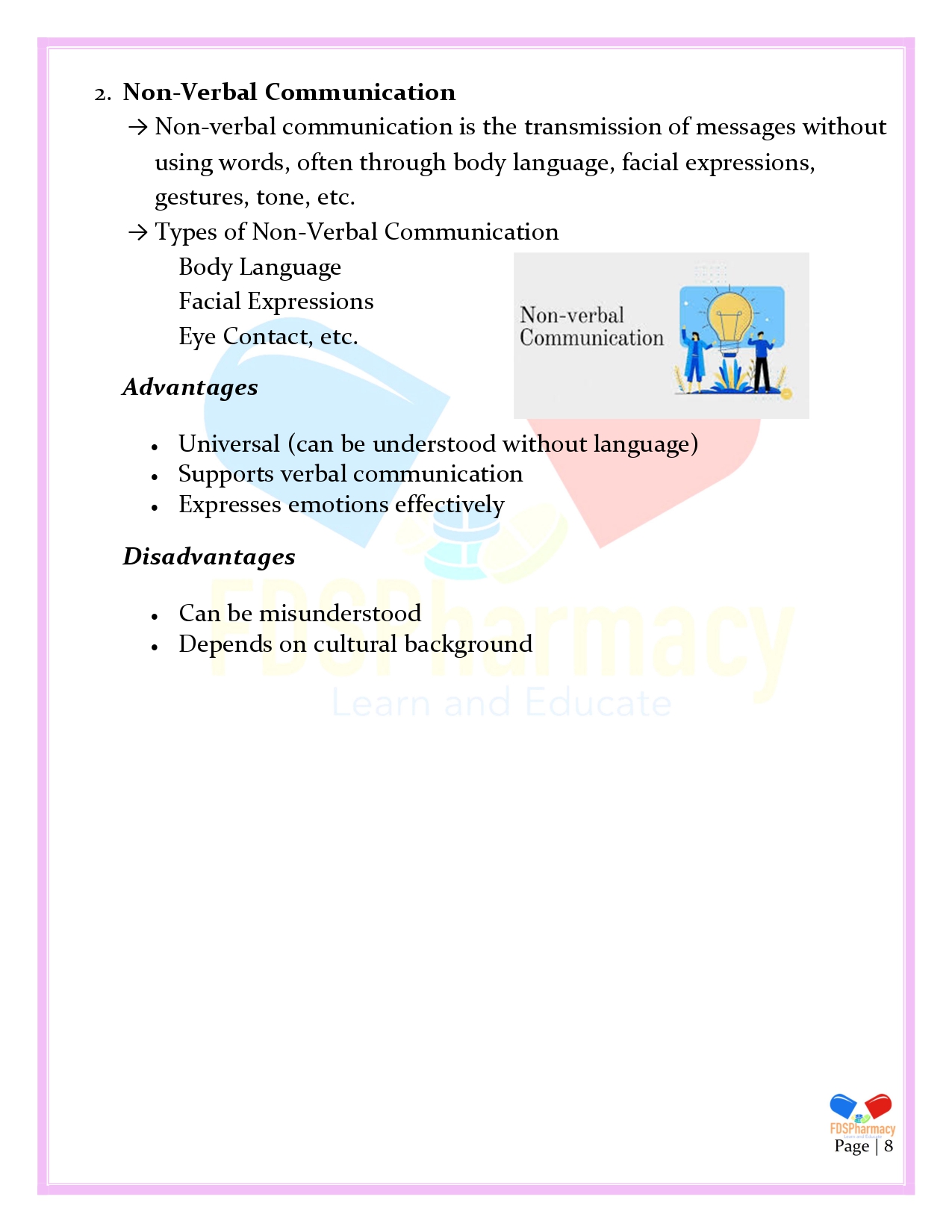
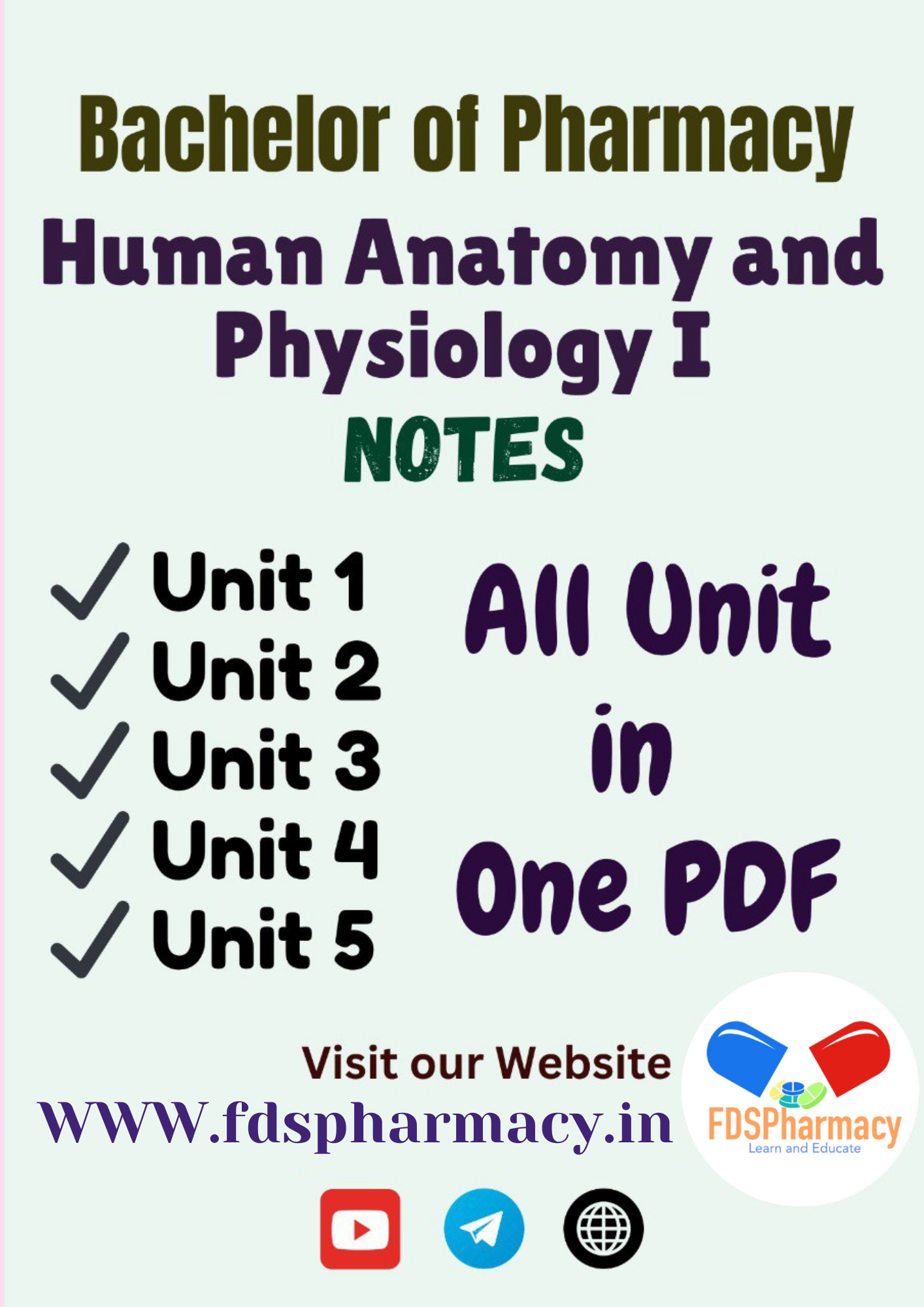
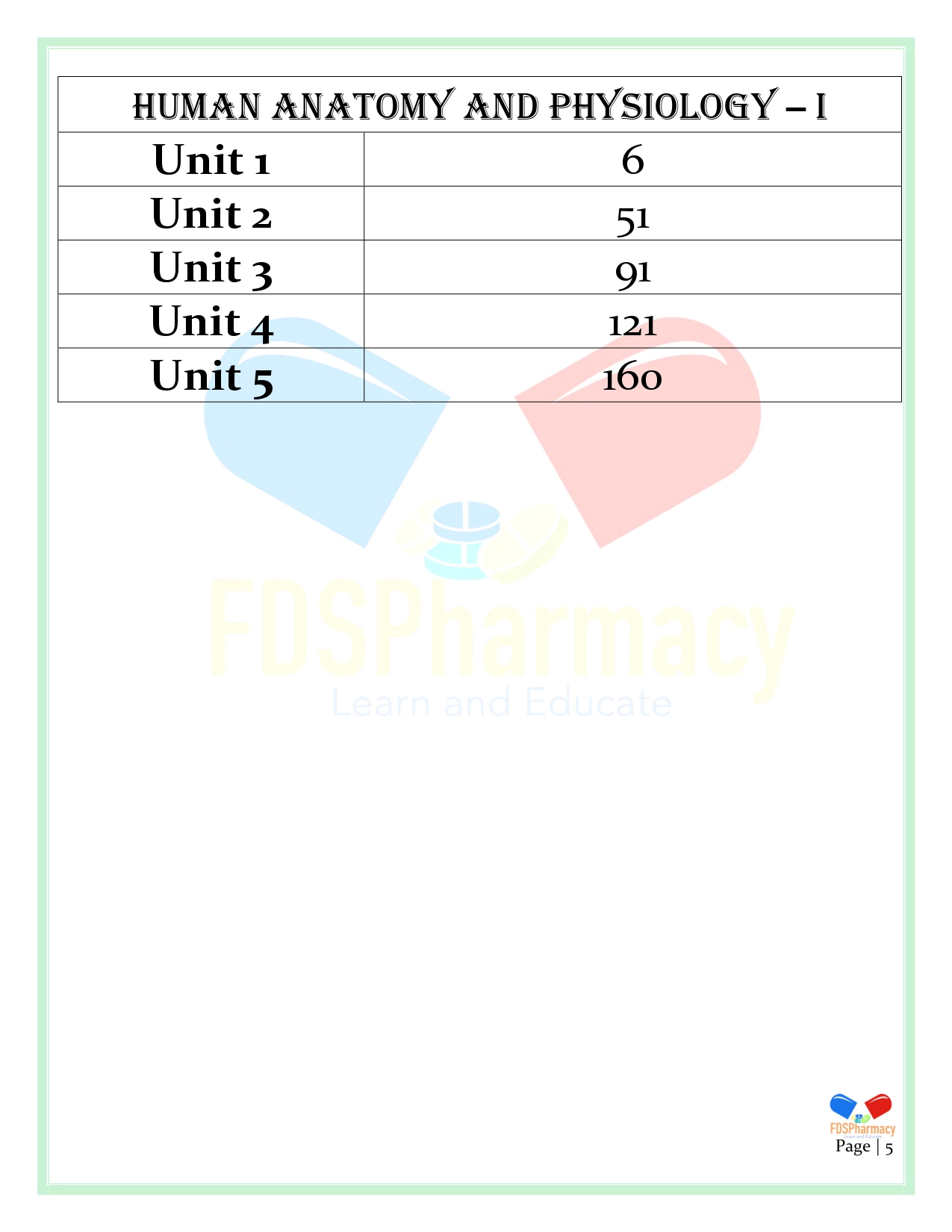
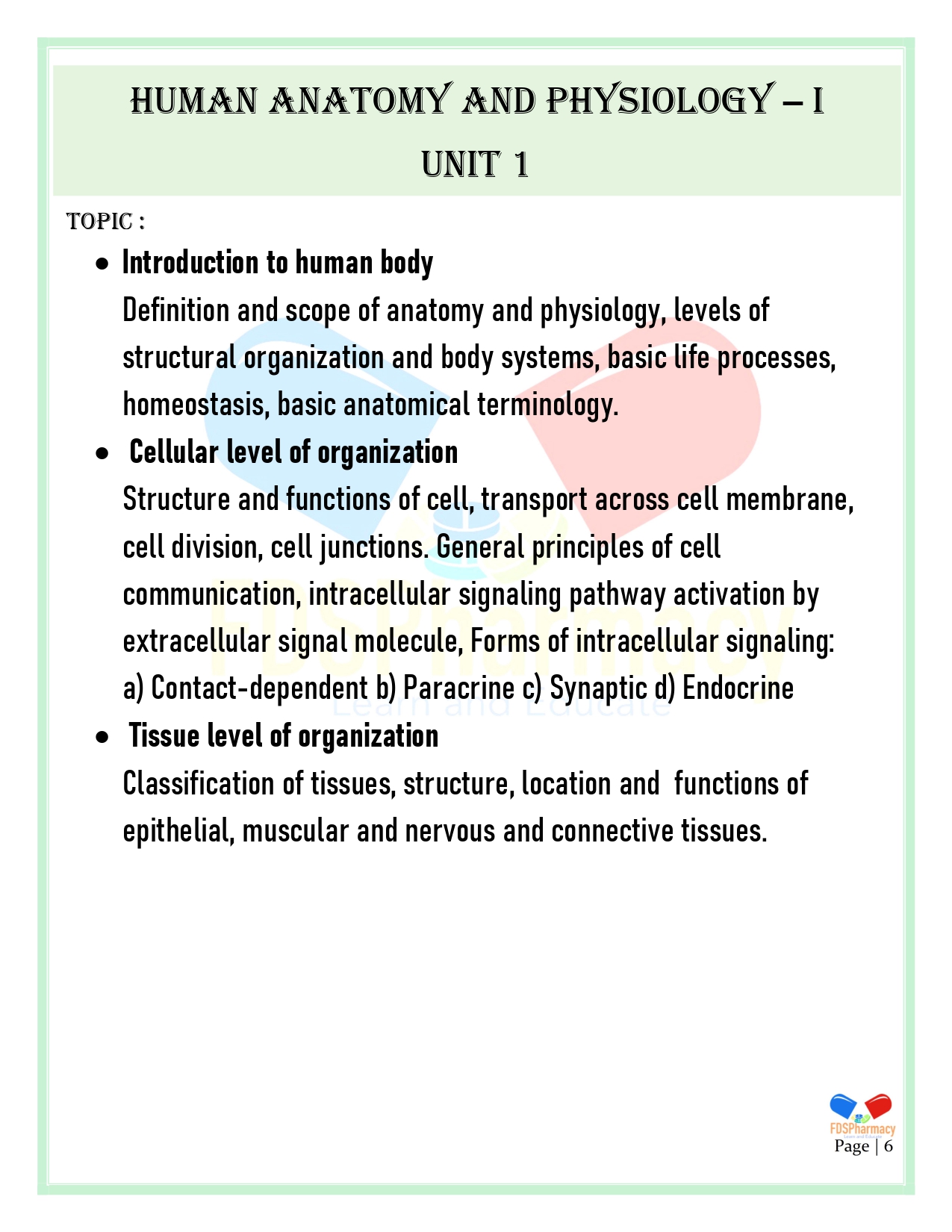
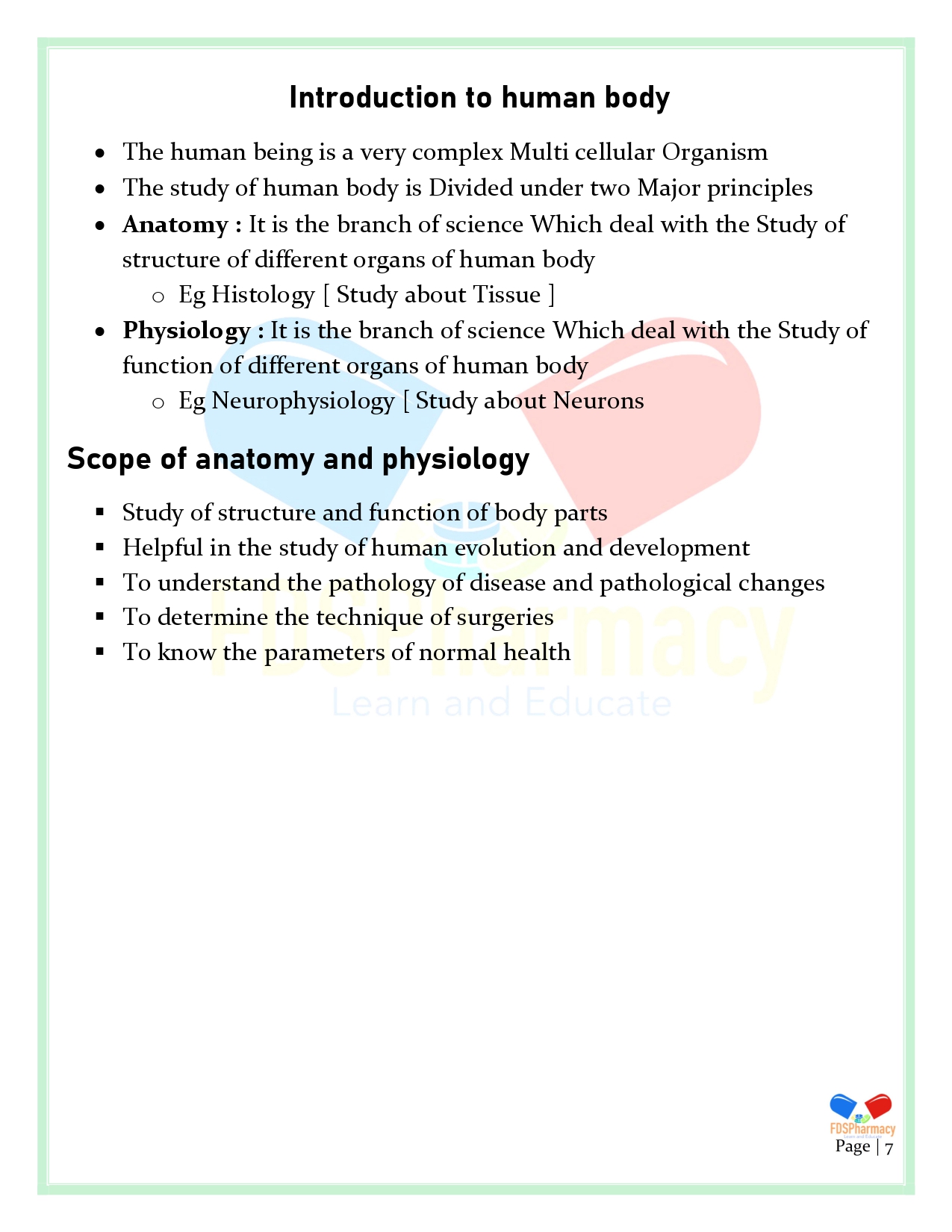
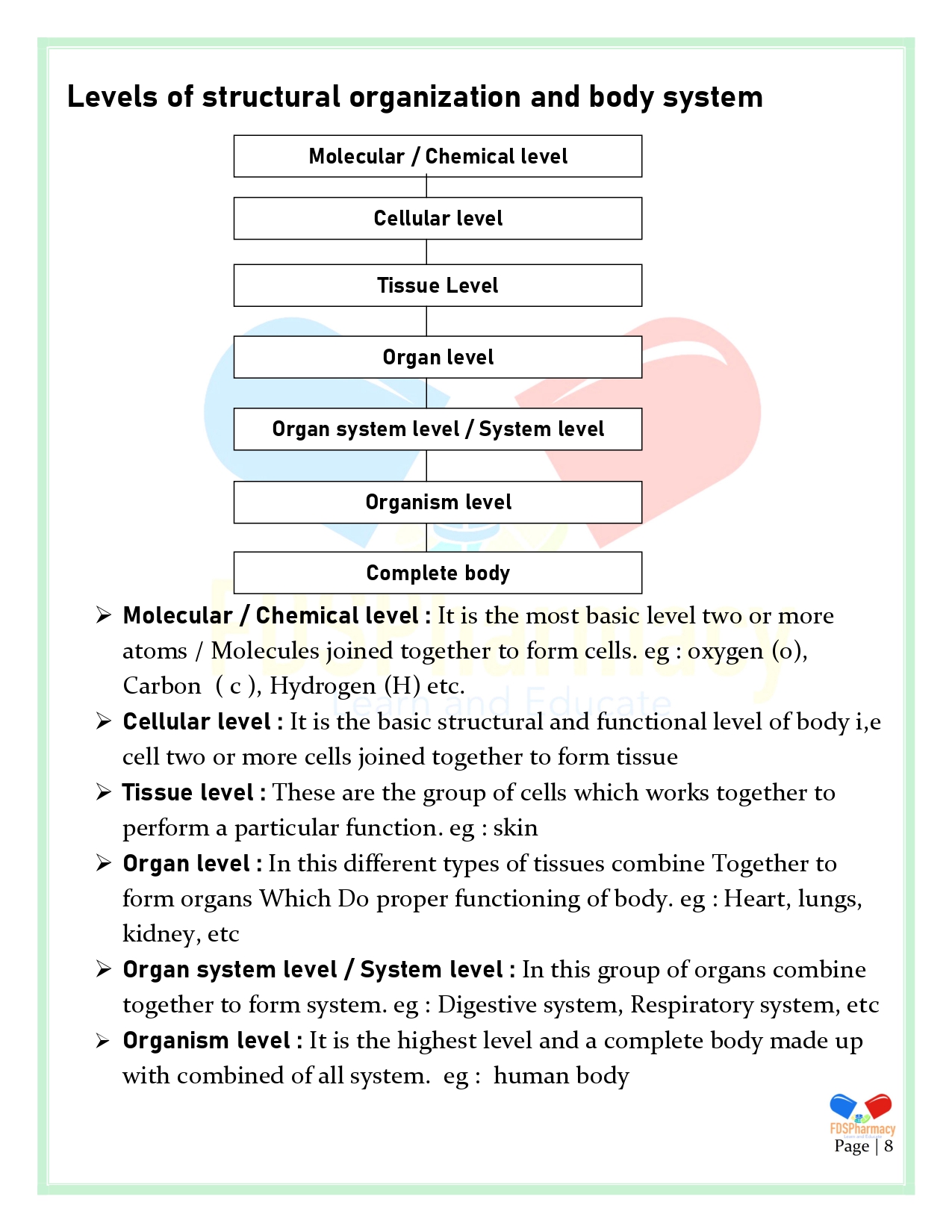
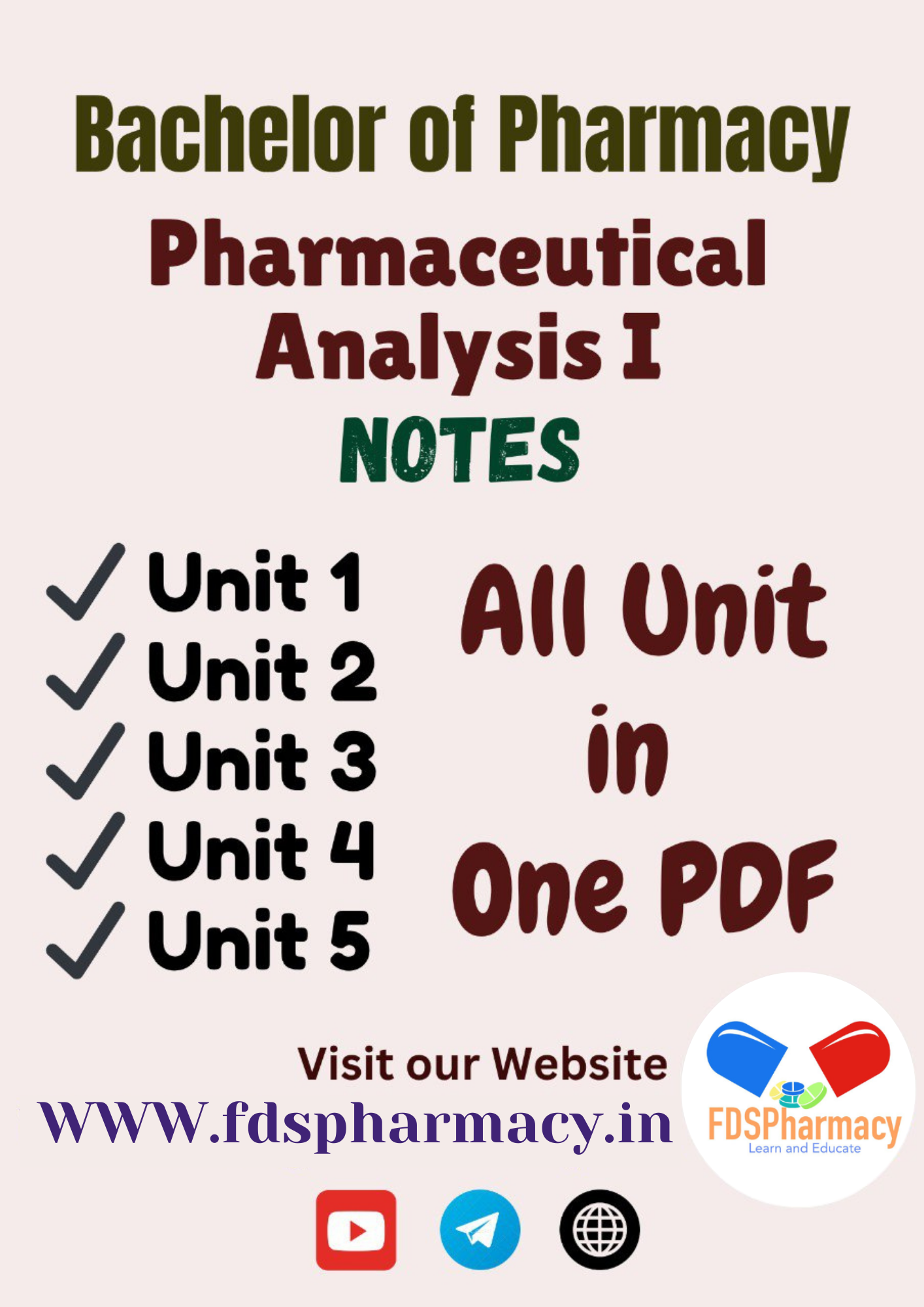
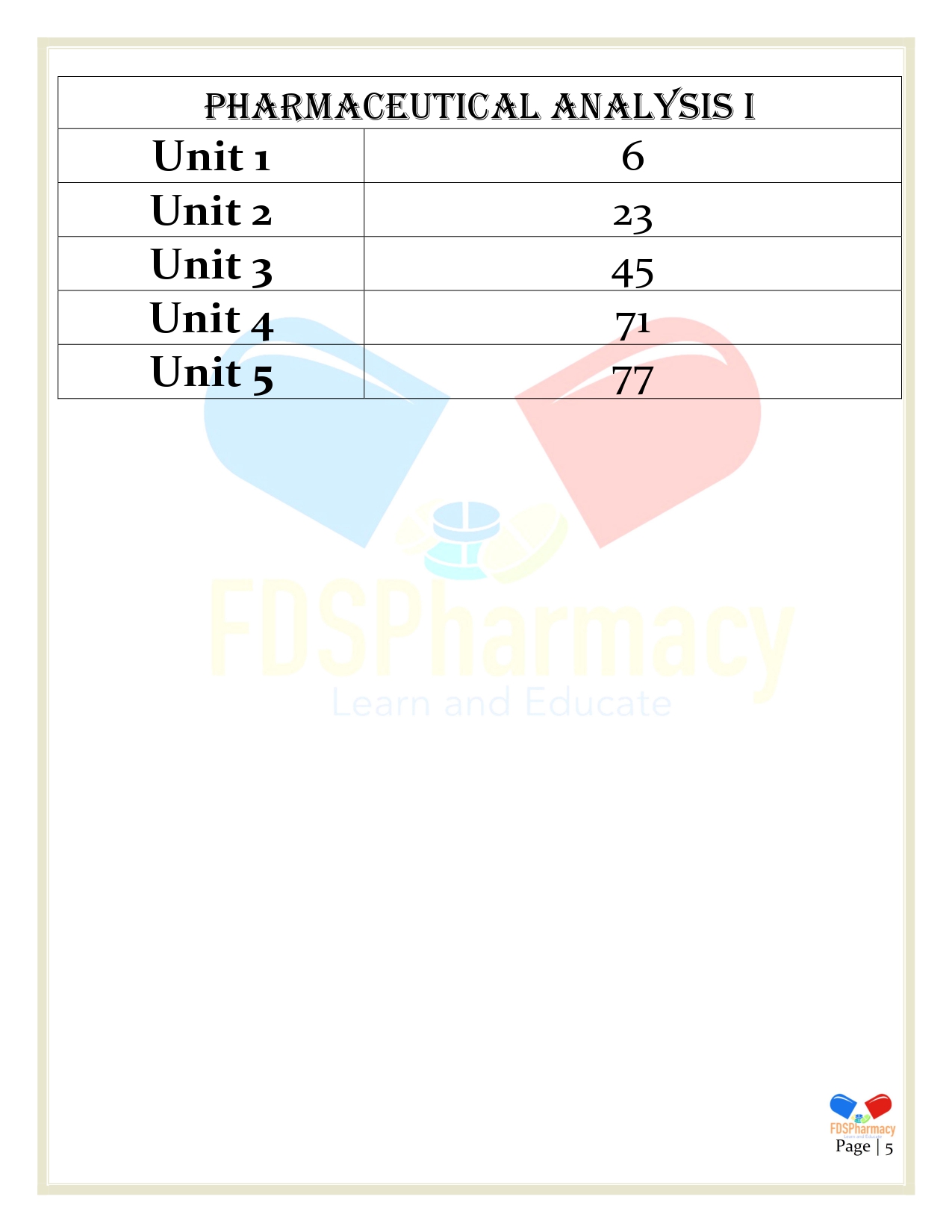
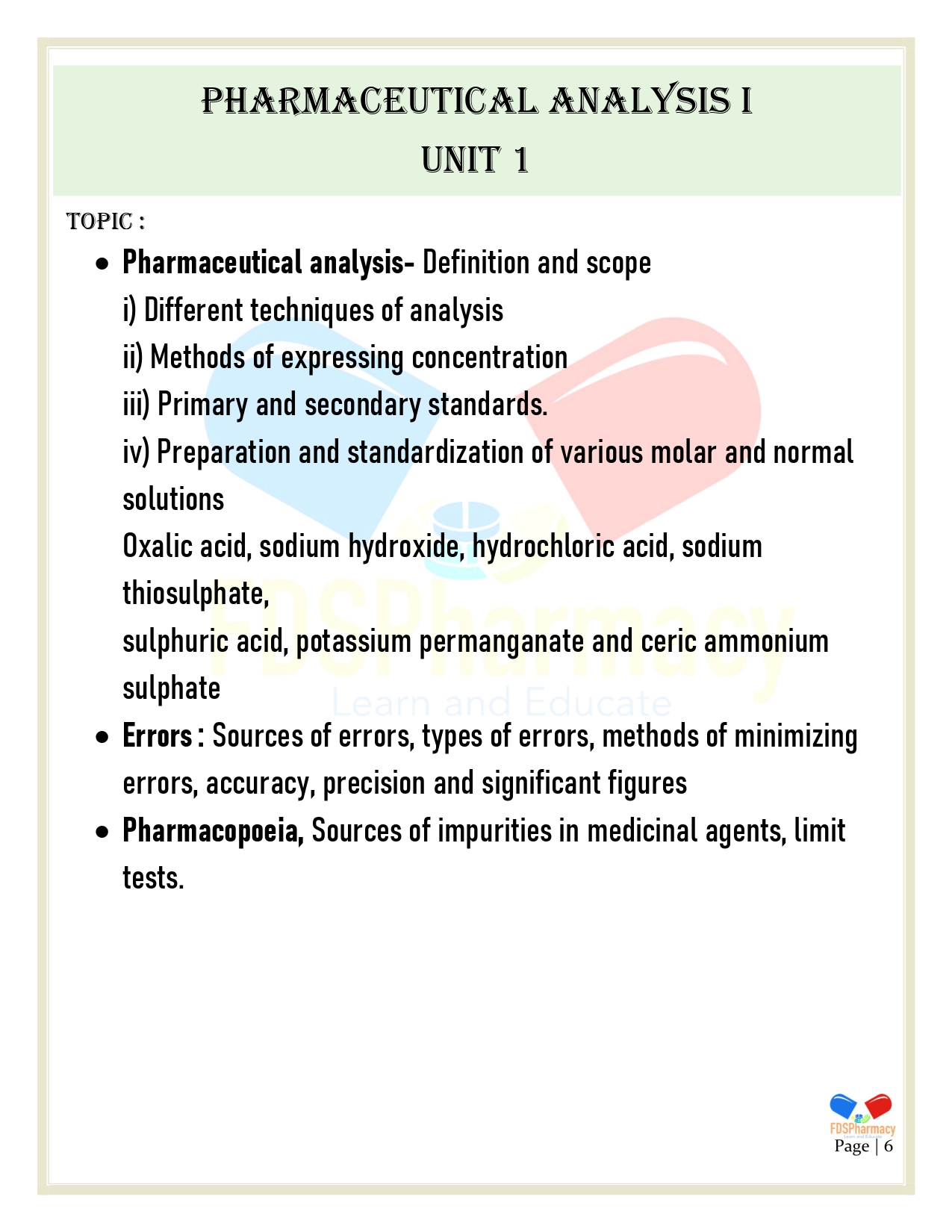
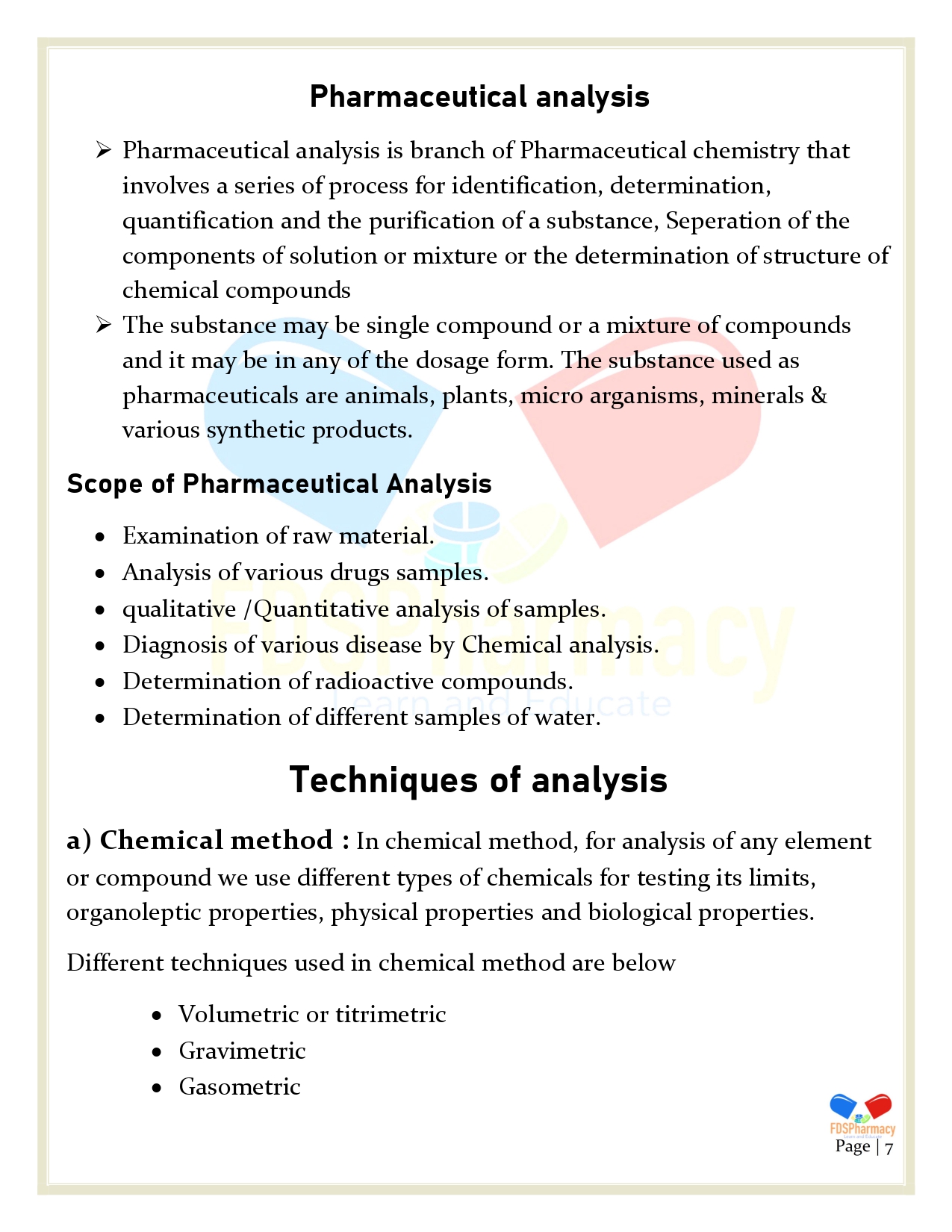
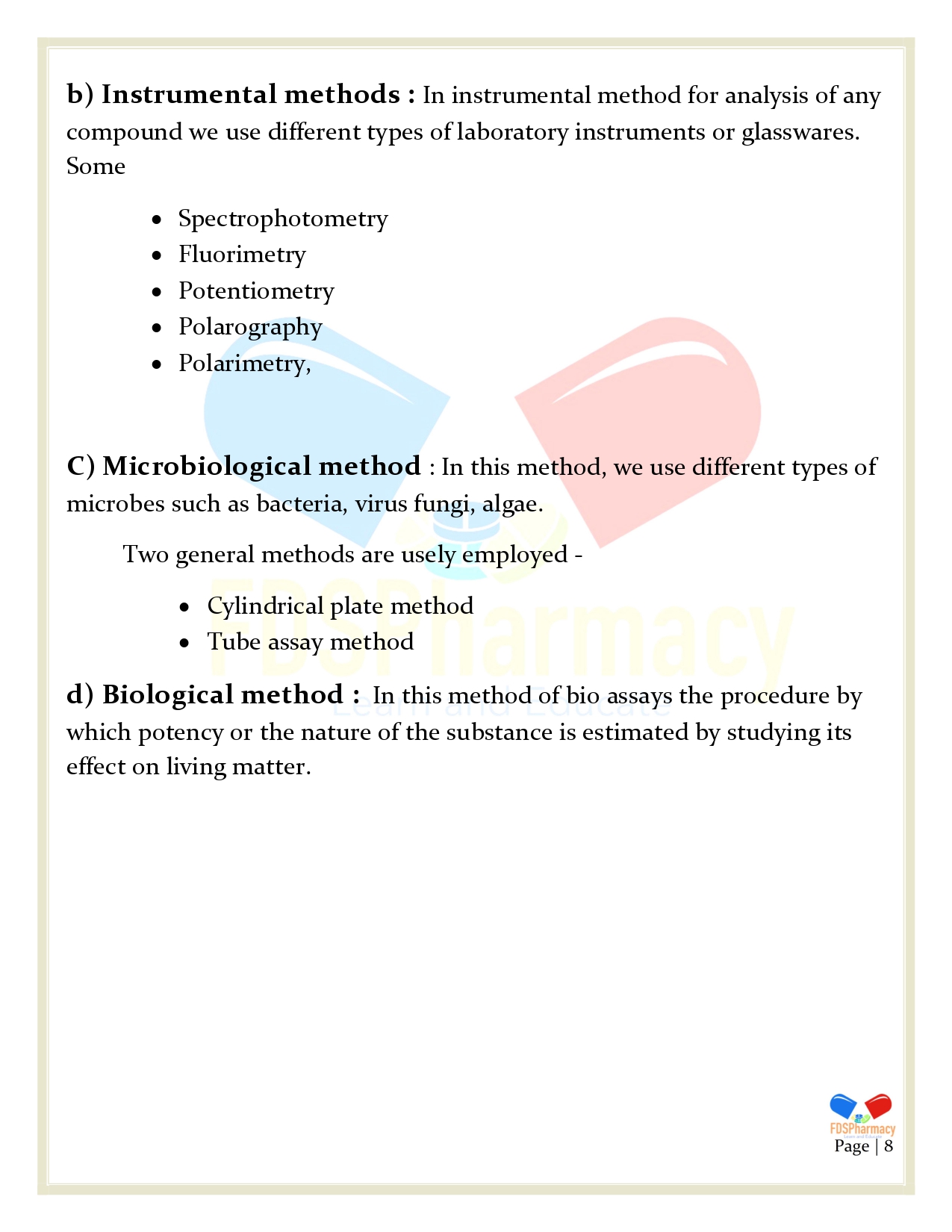
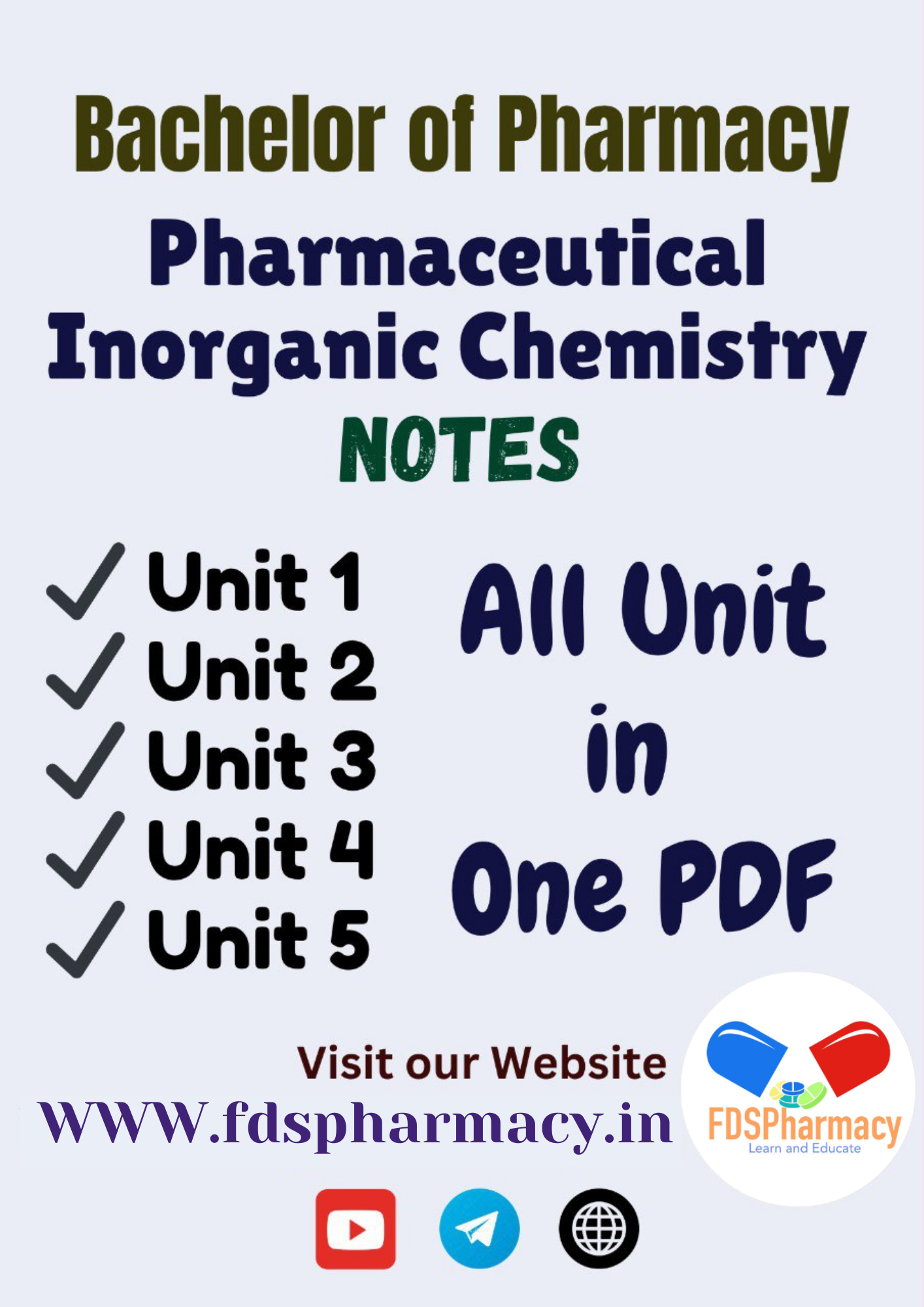
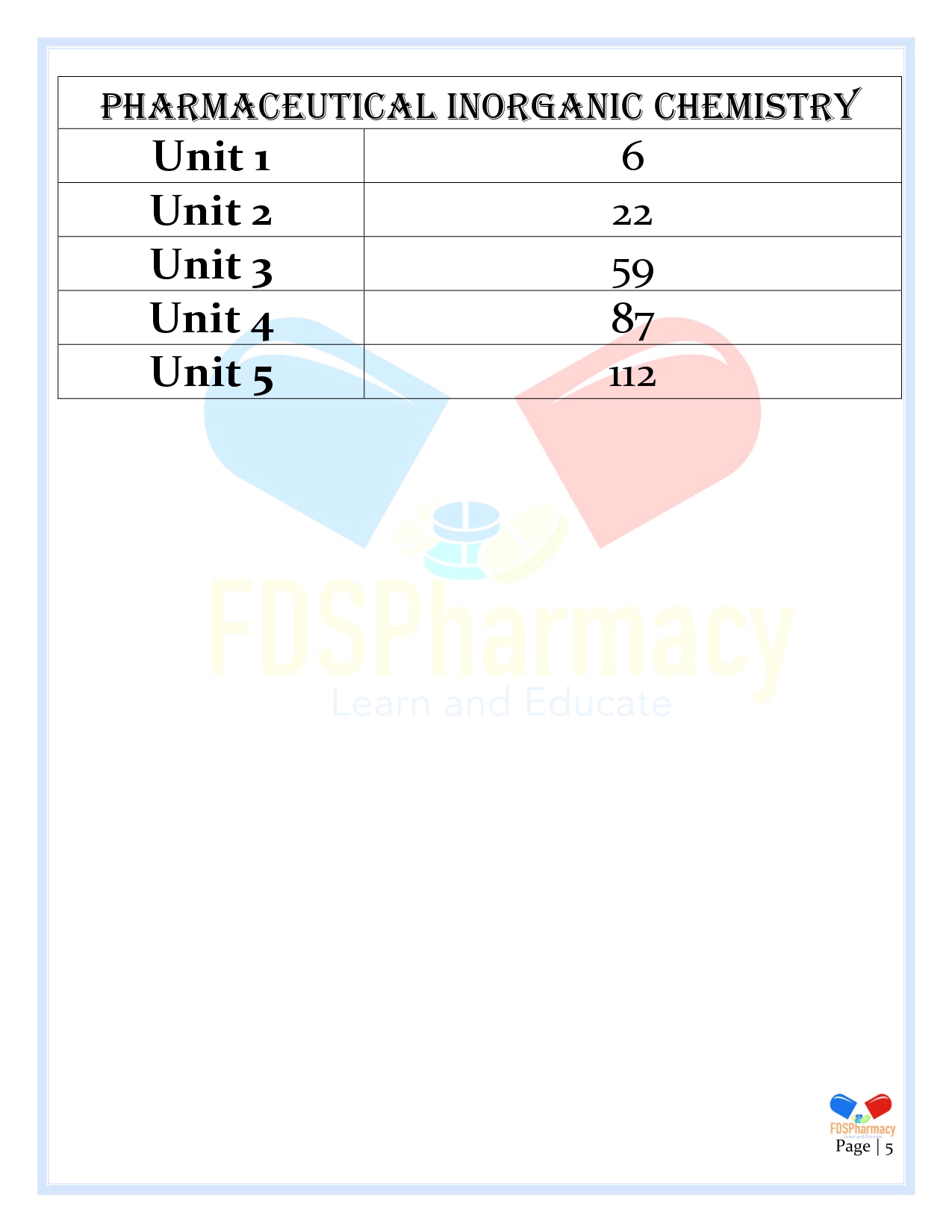
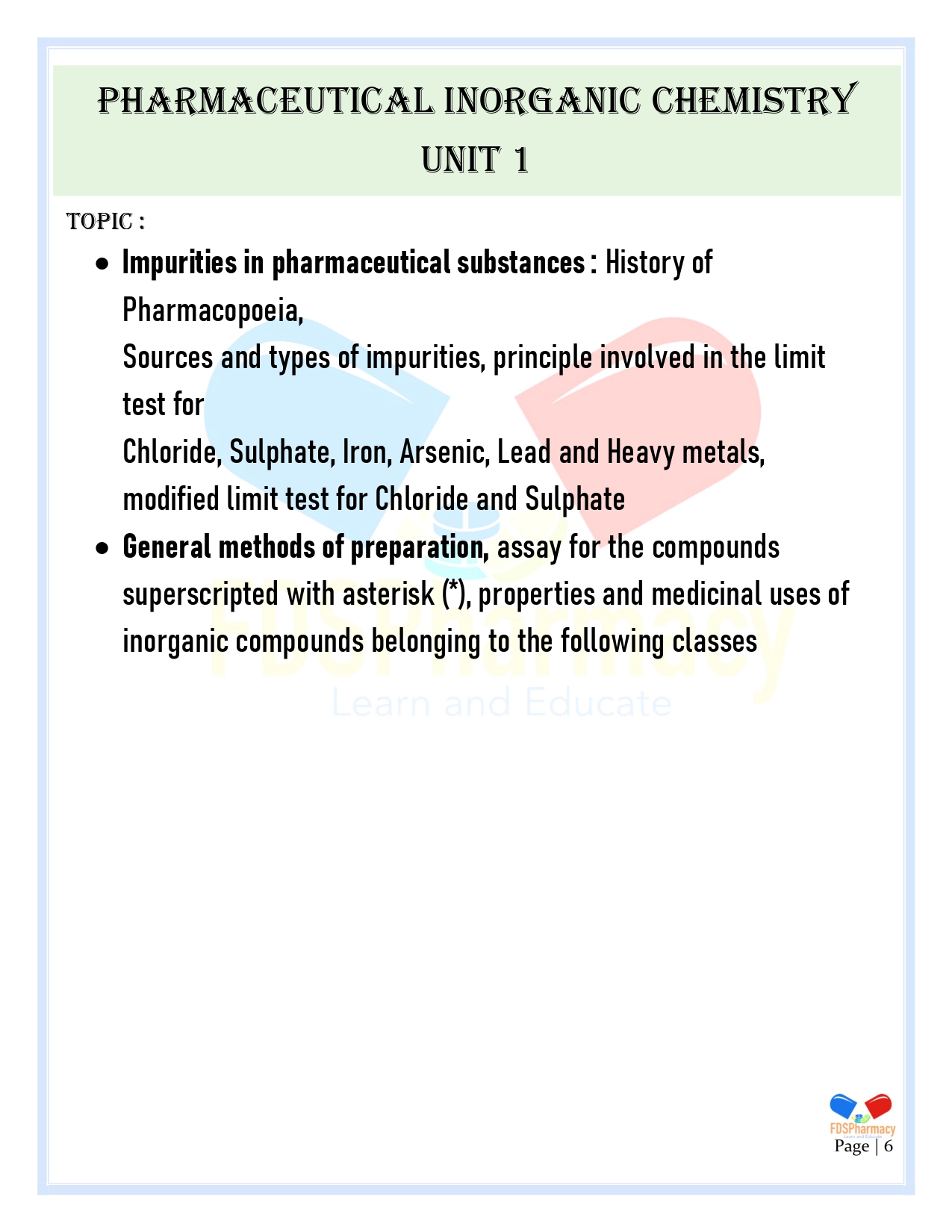
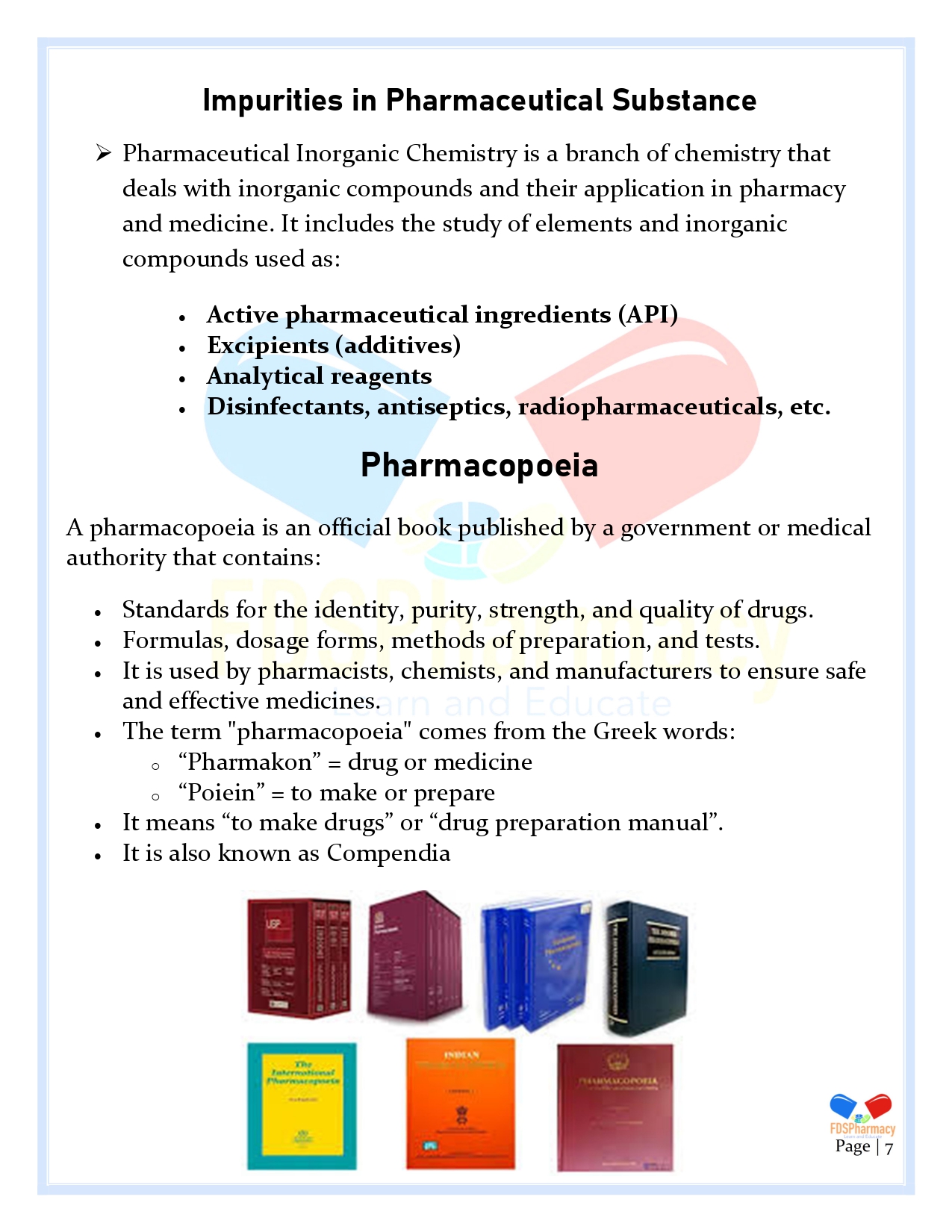
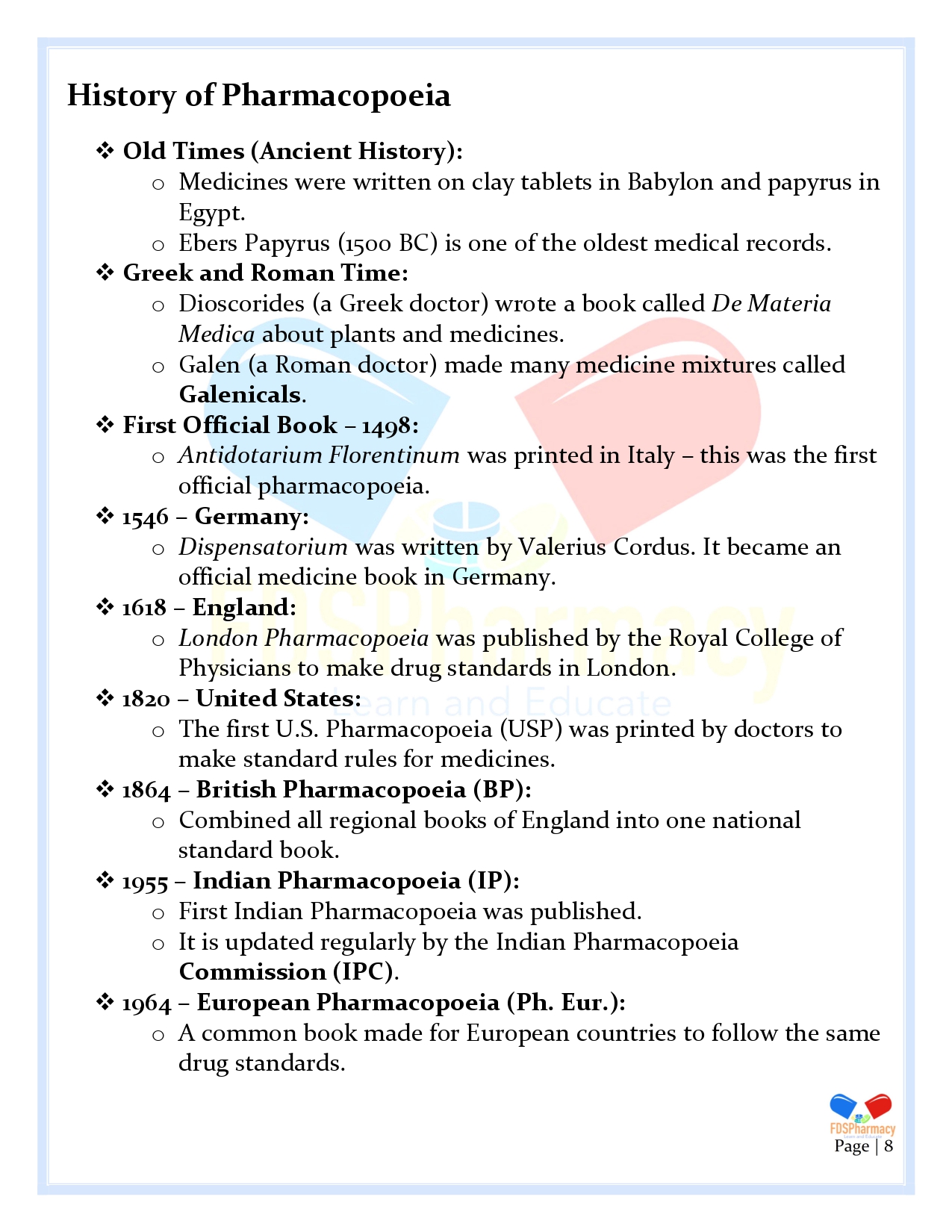
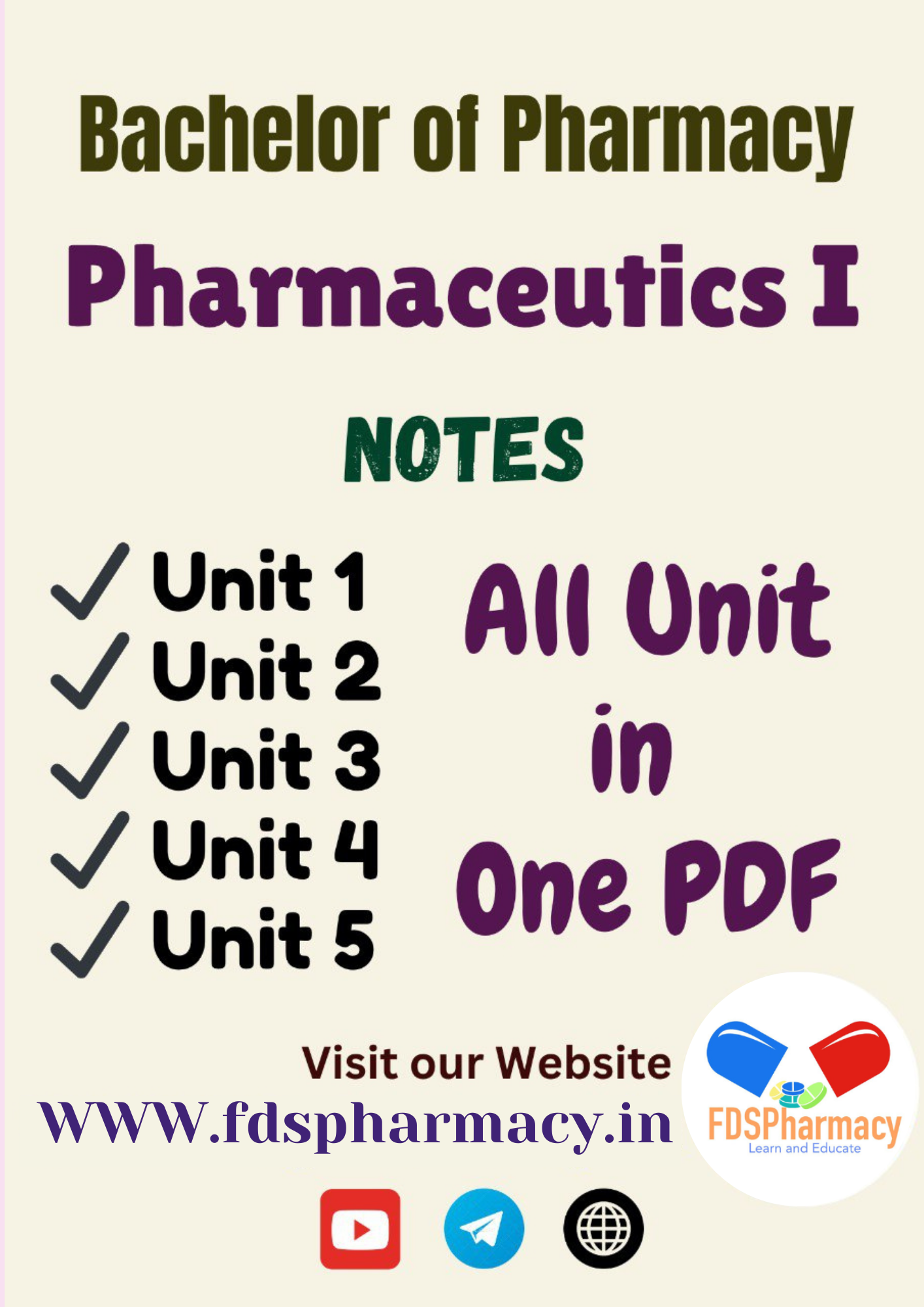
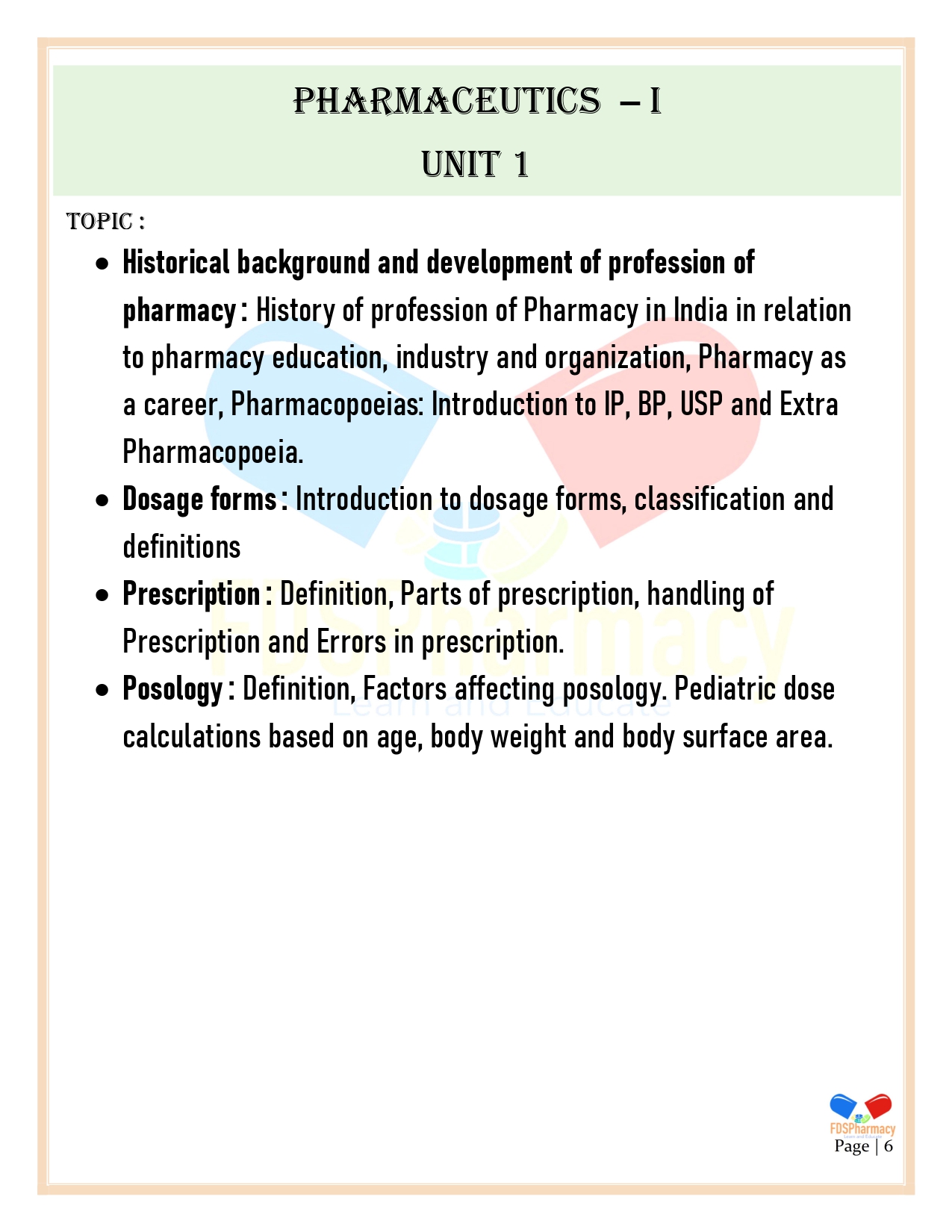
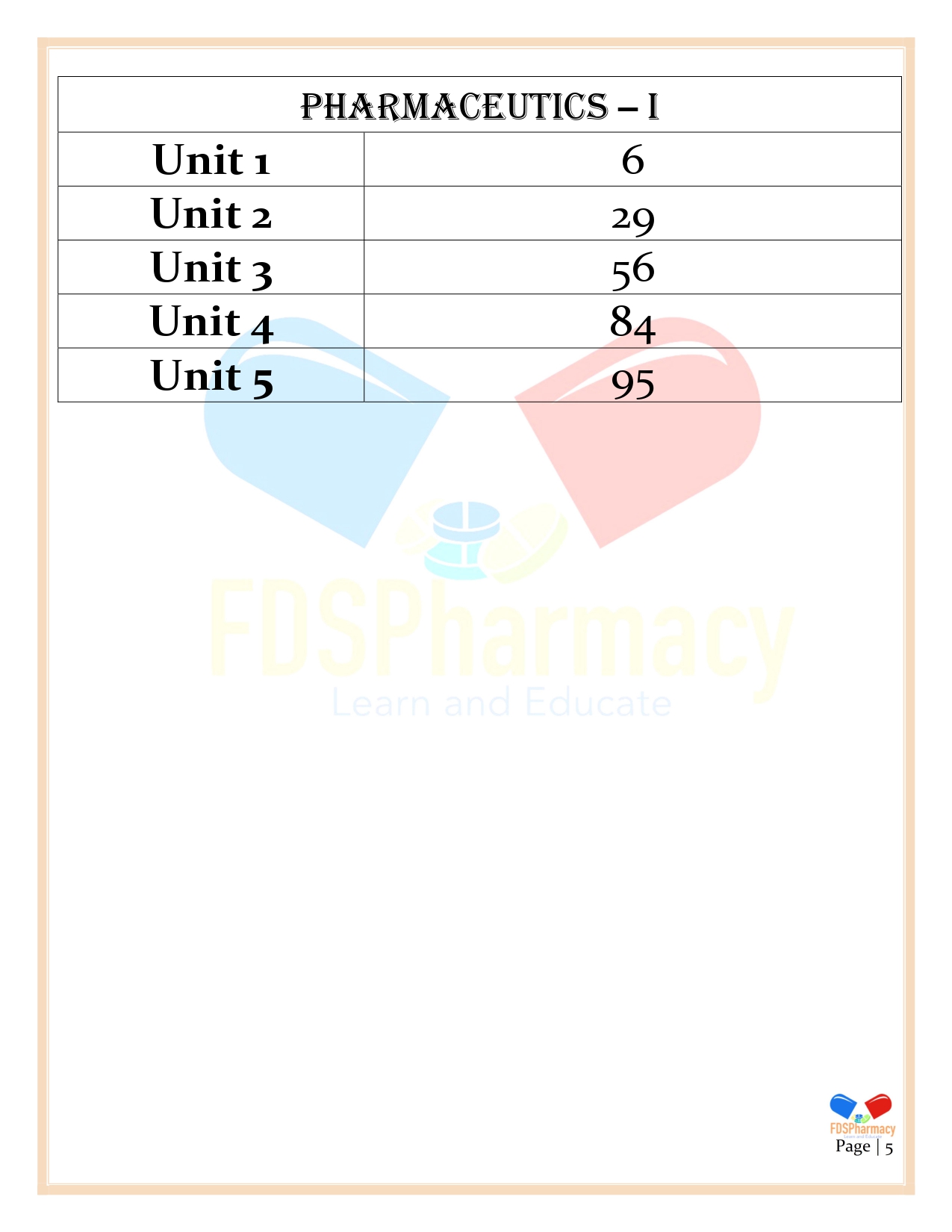
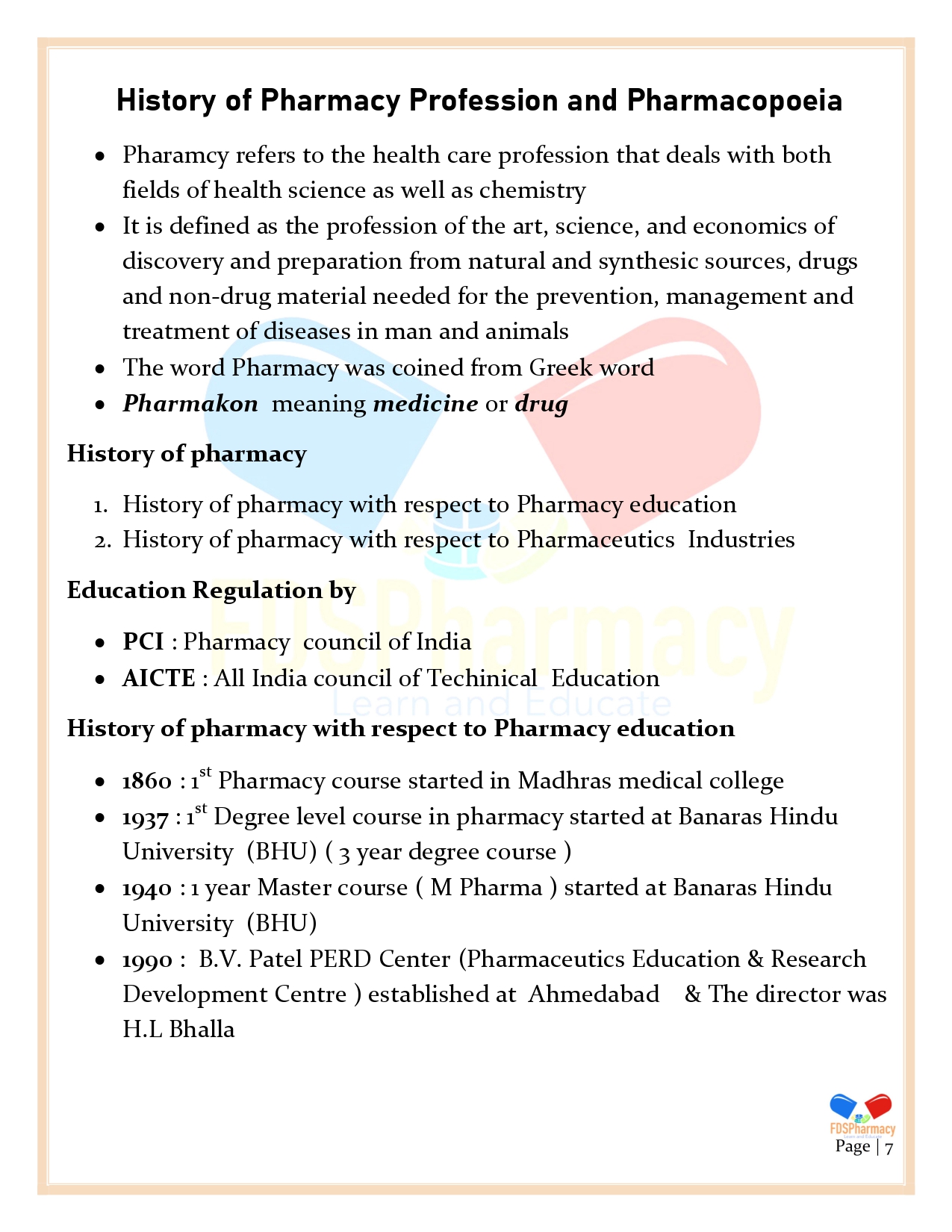
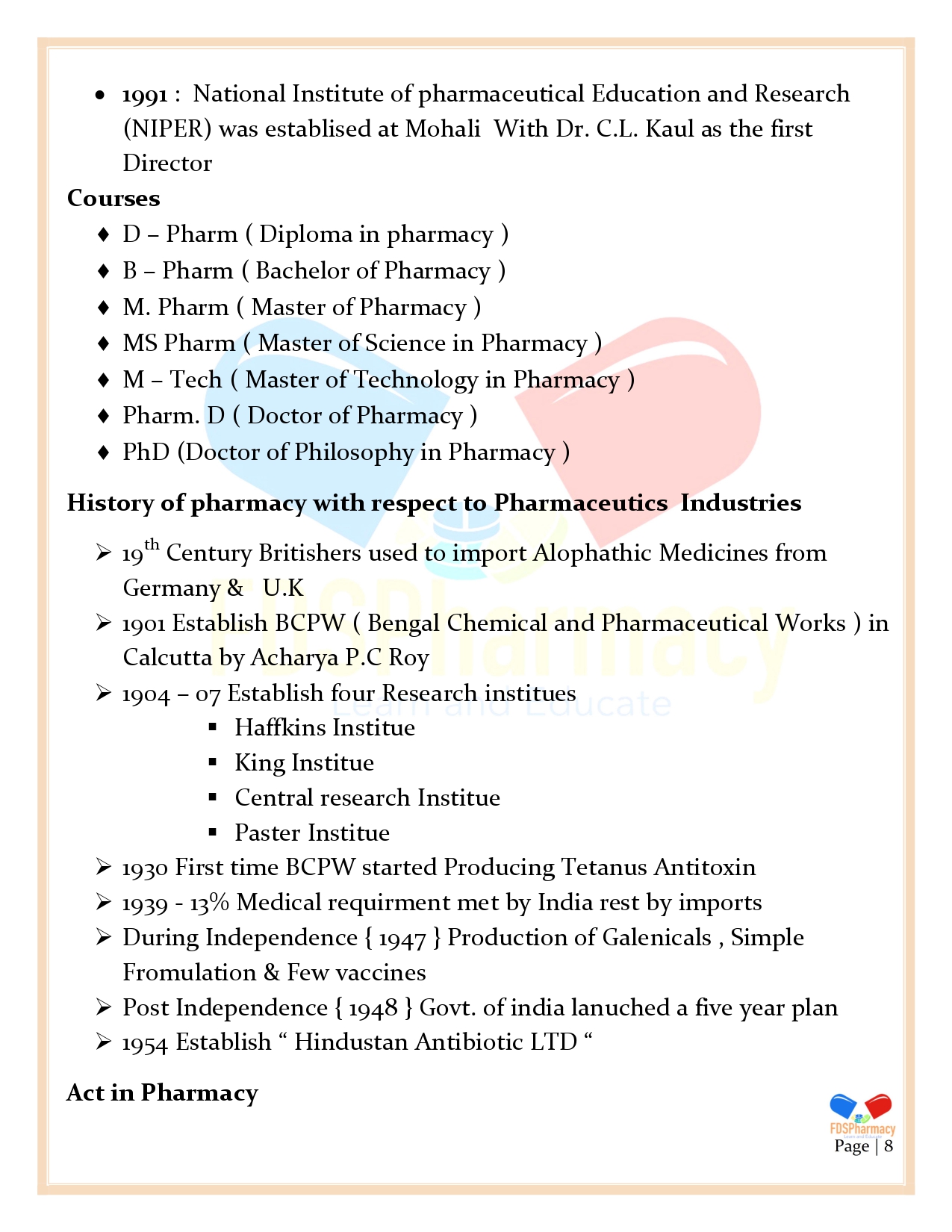
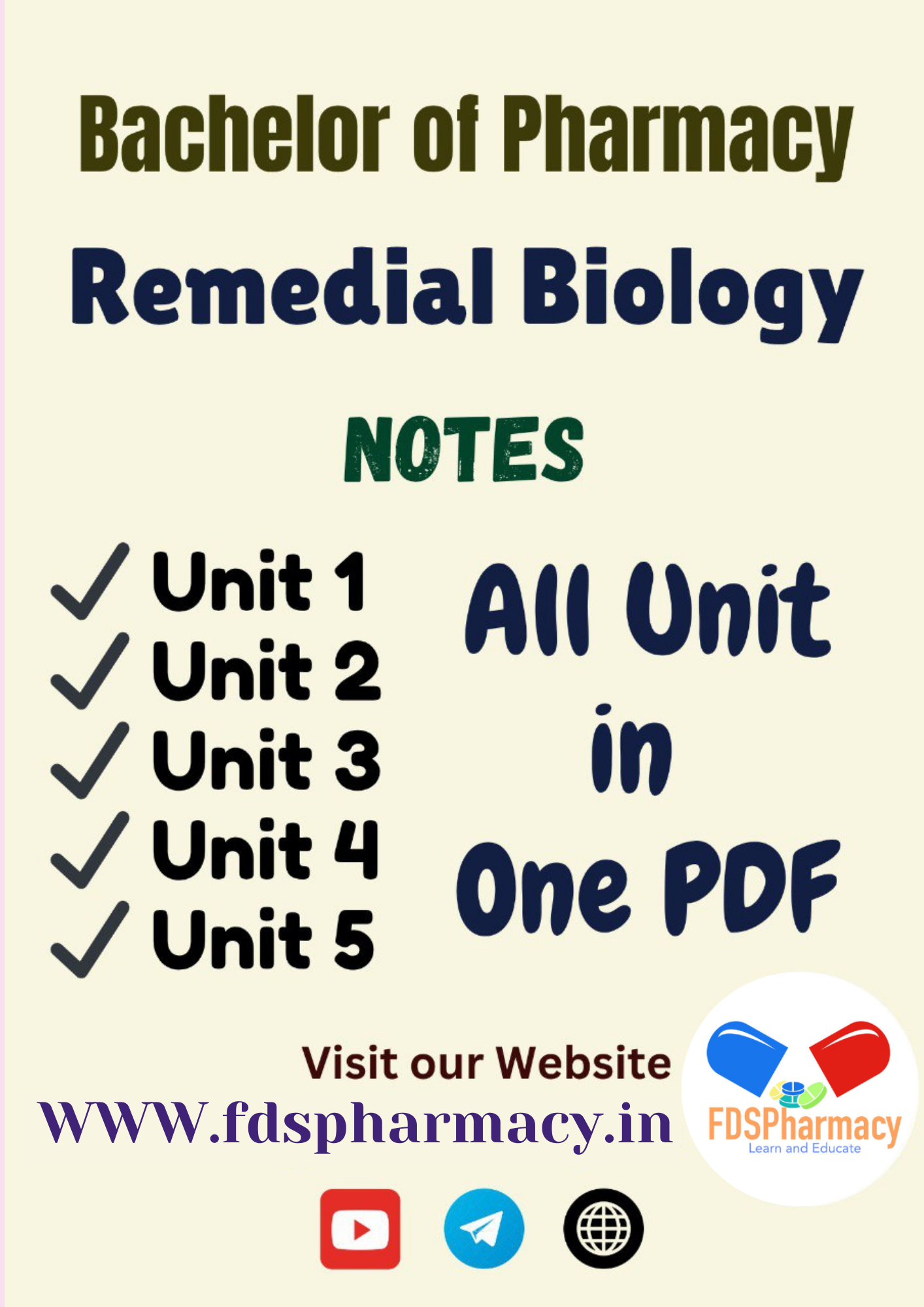
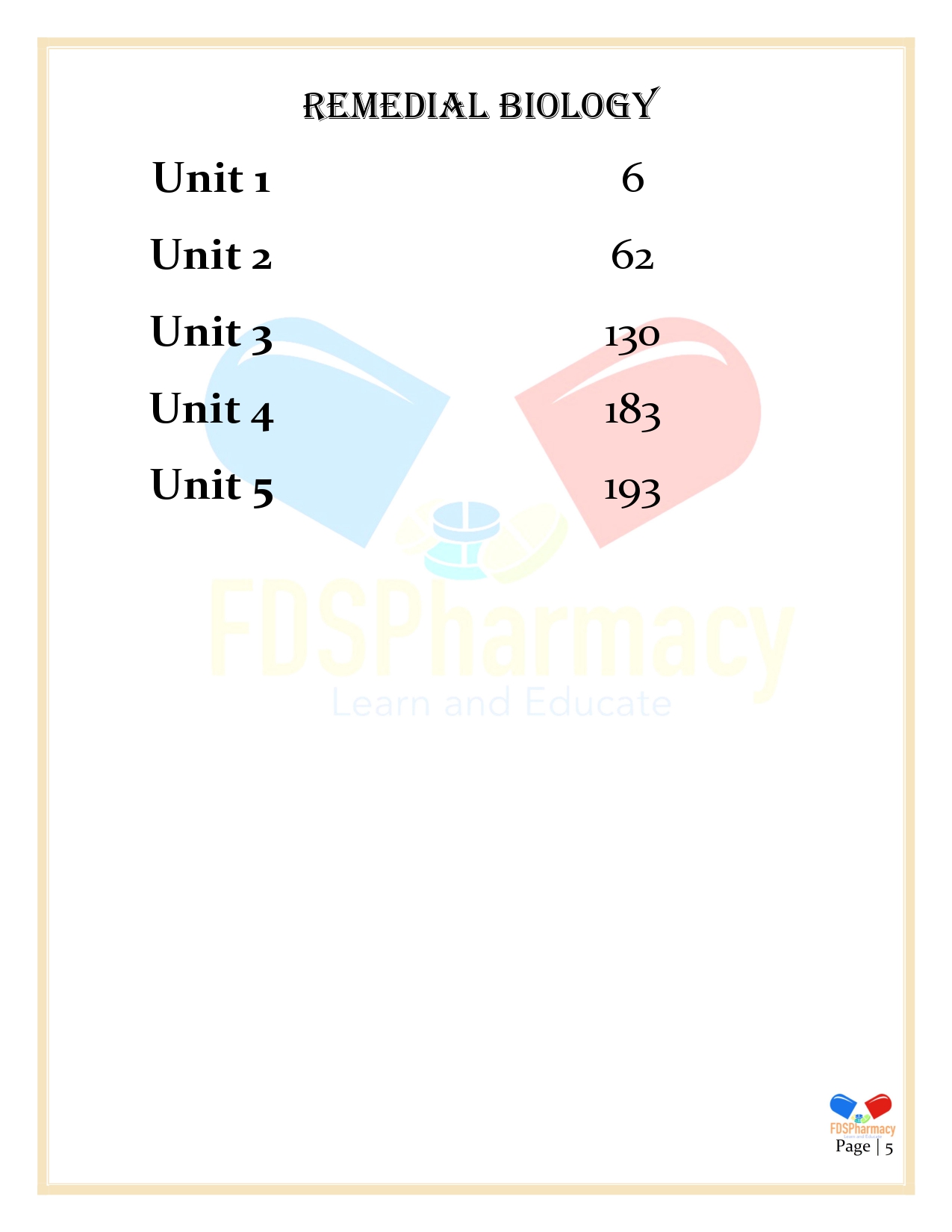
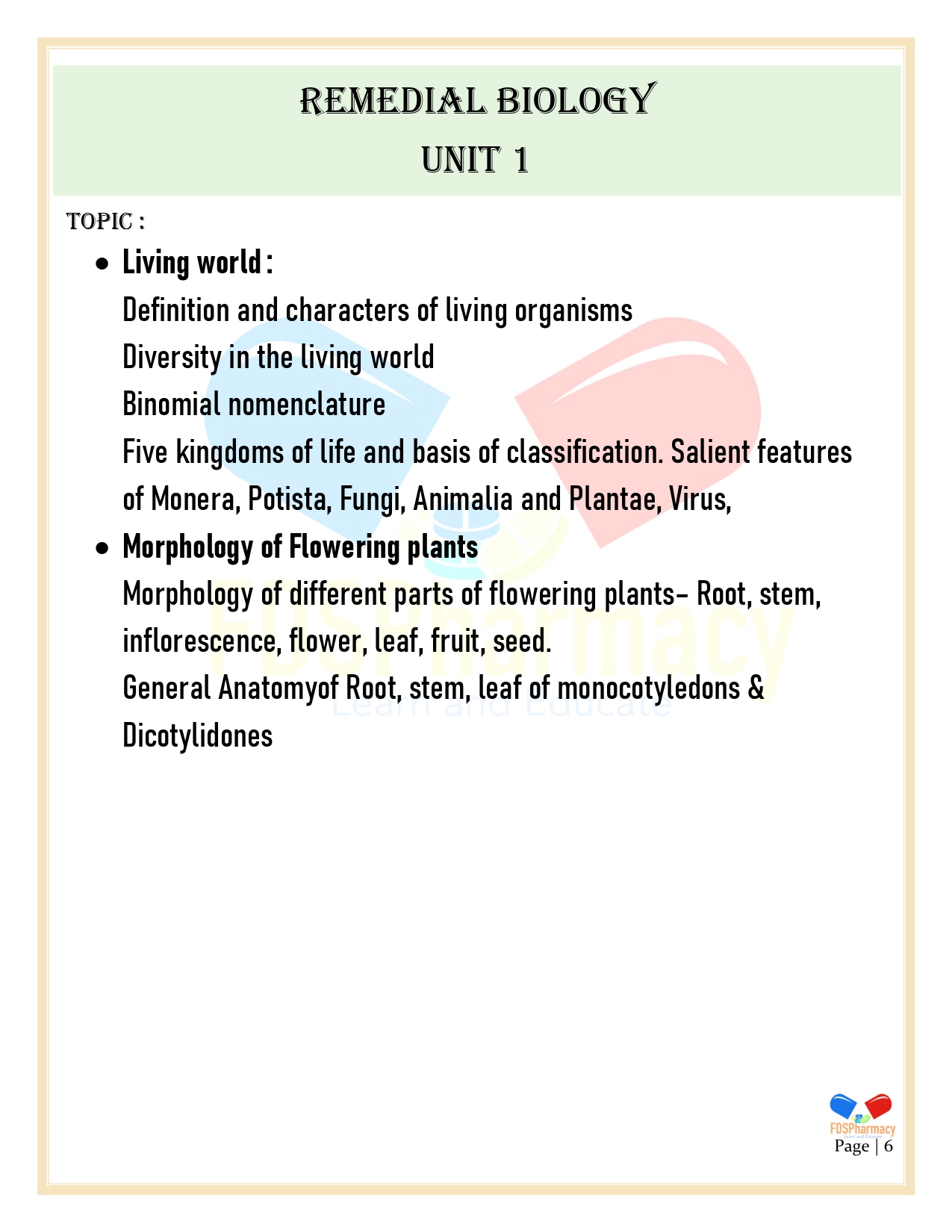

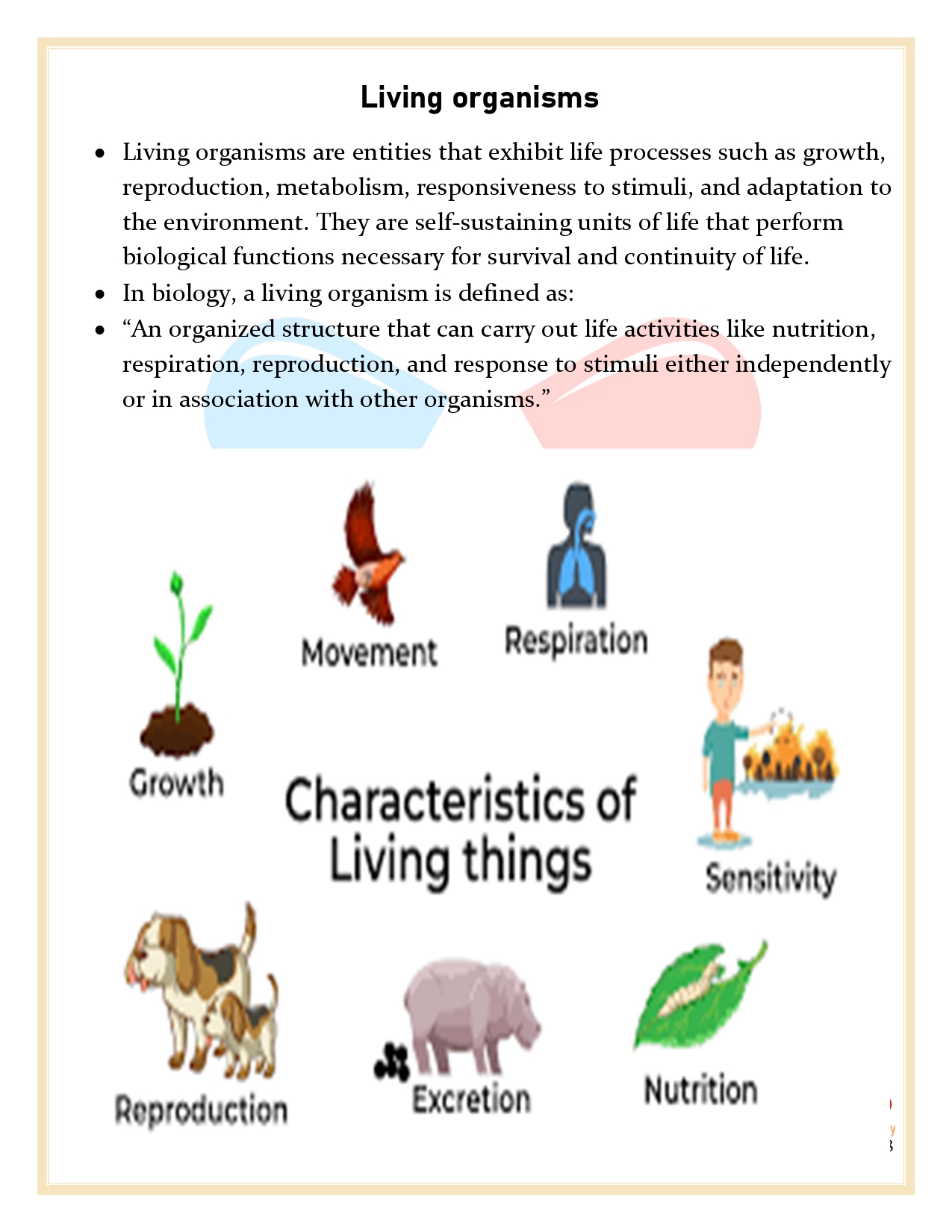

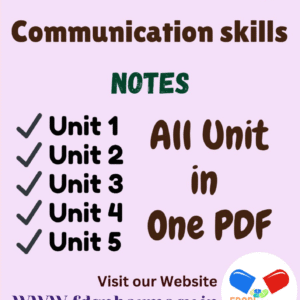

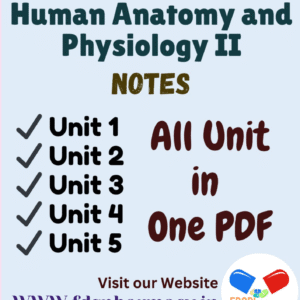
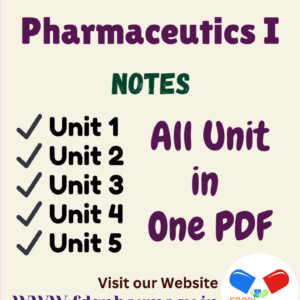
Reviews
There are no reviews yet.